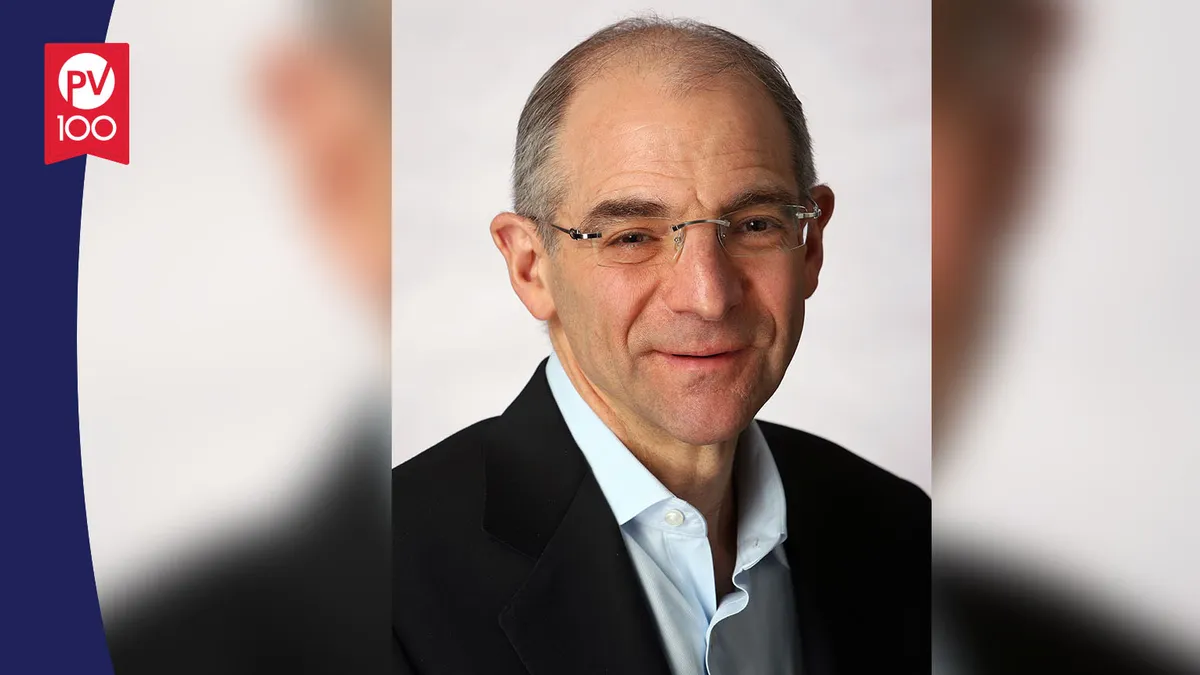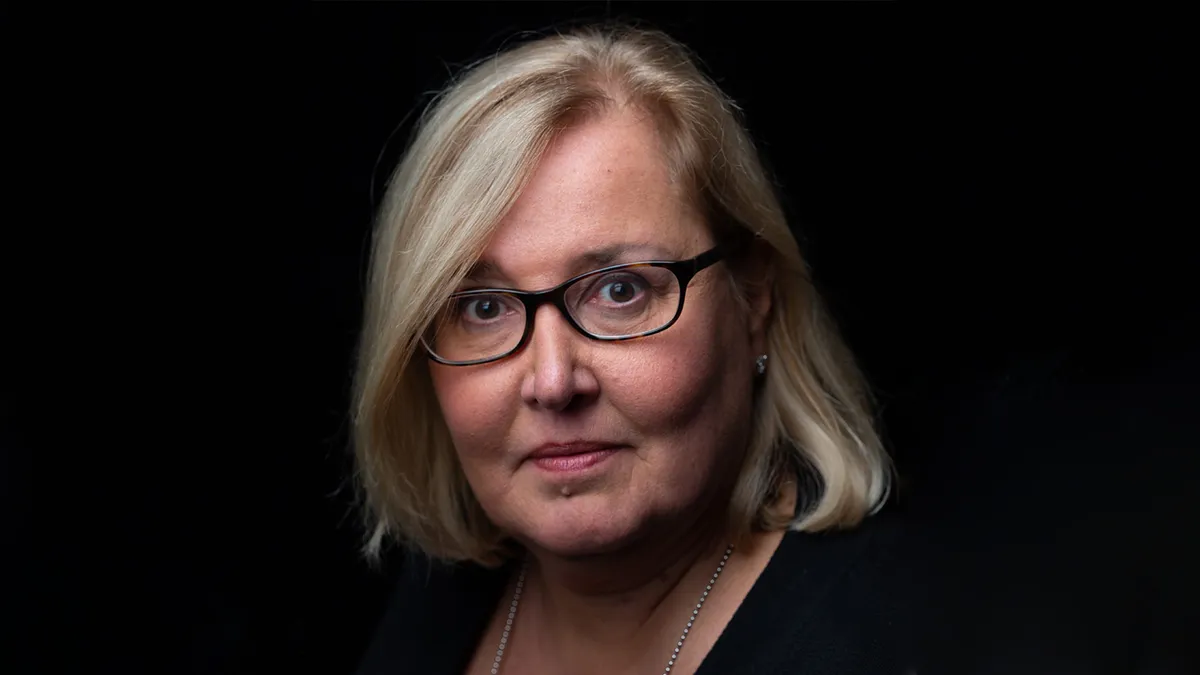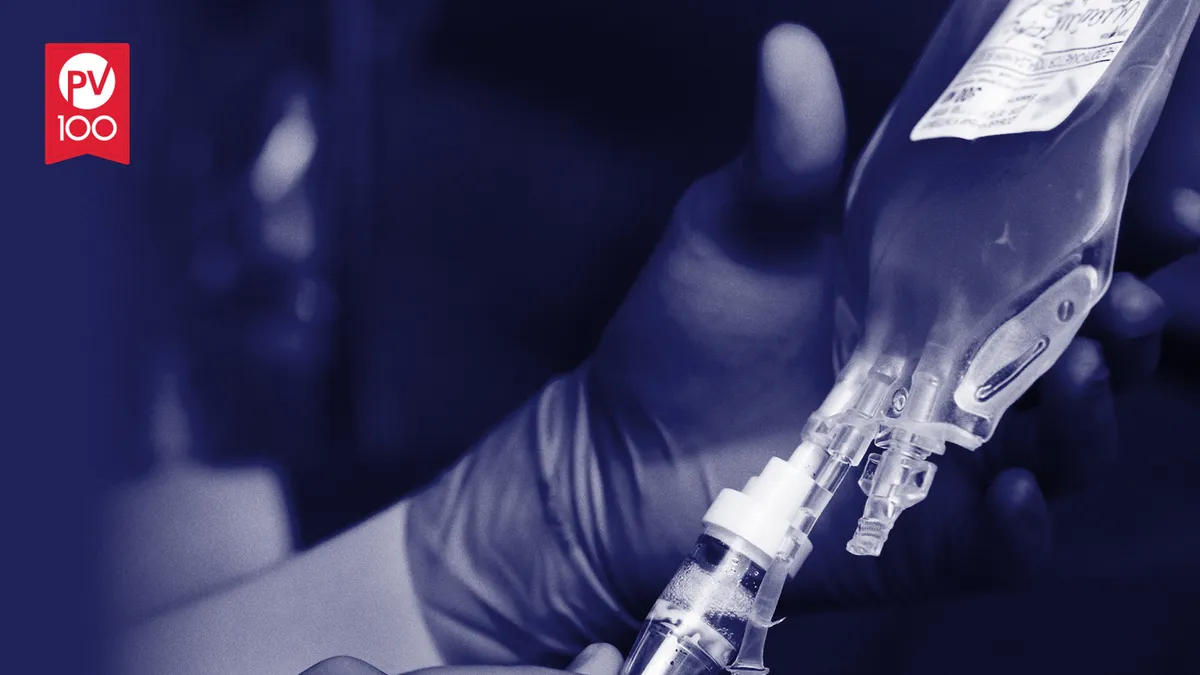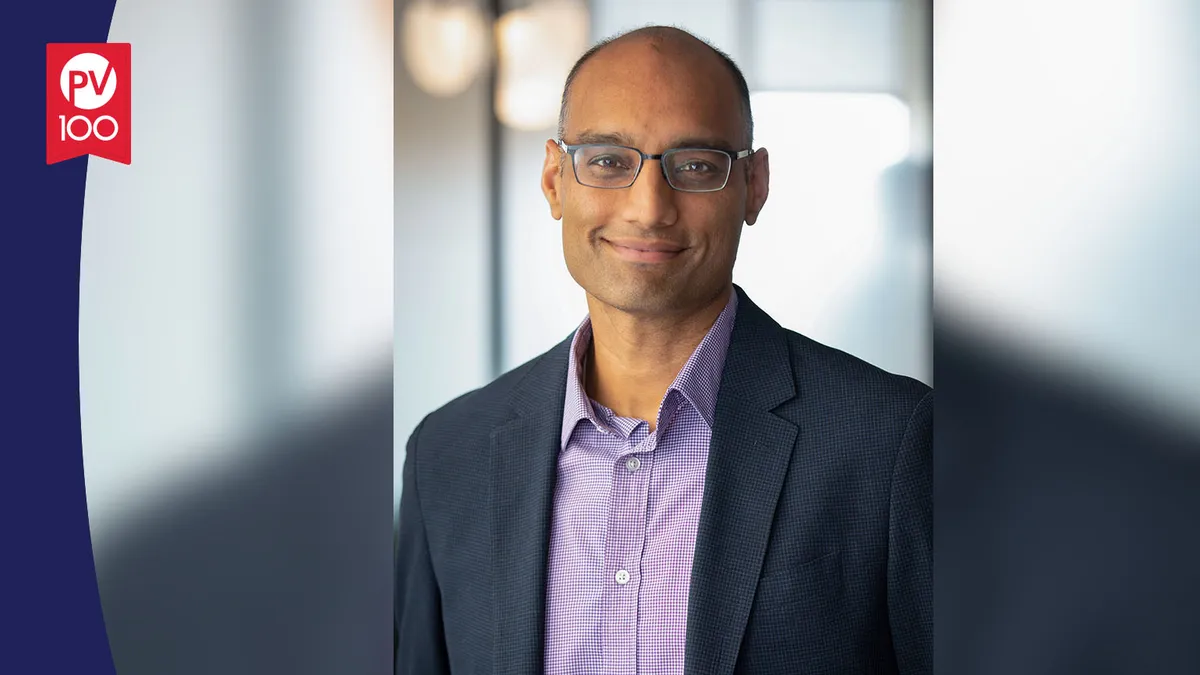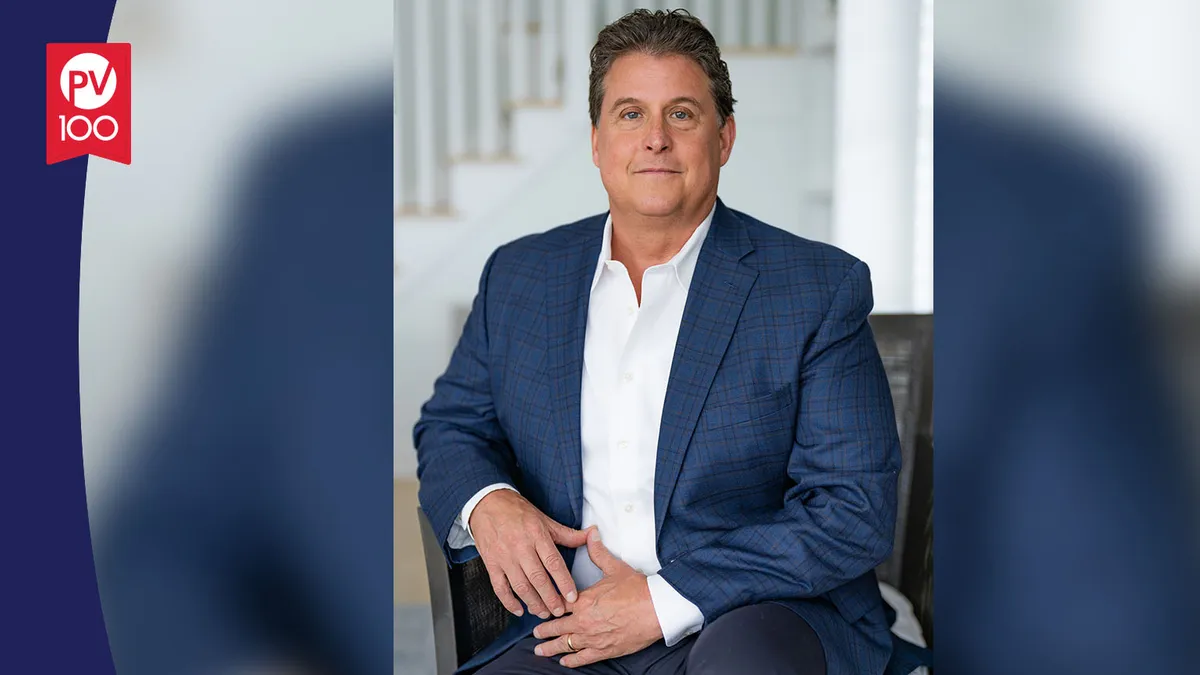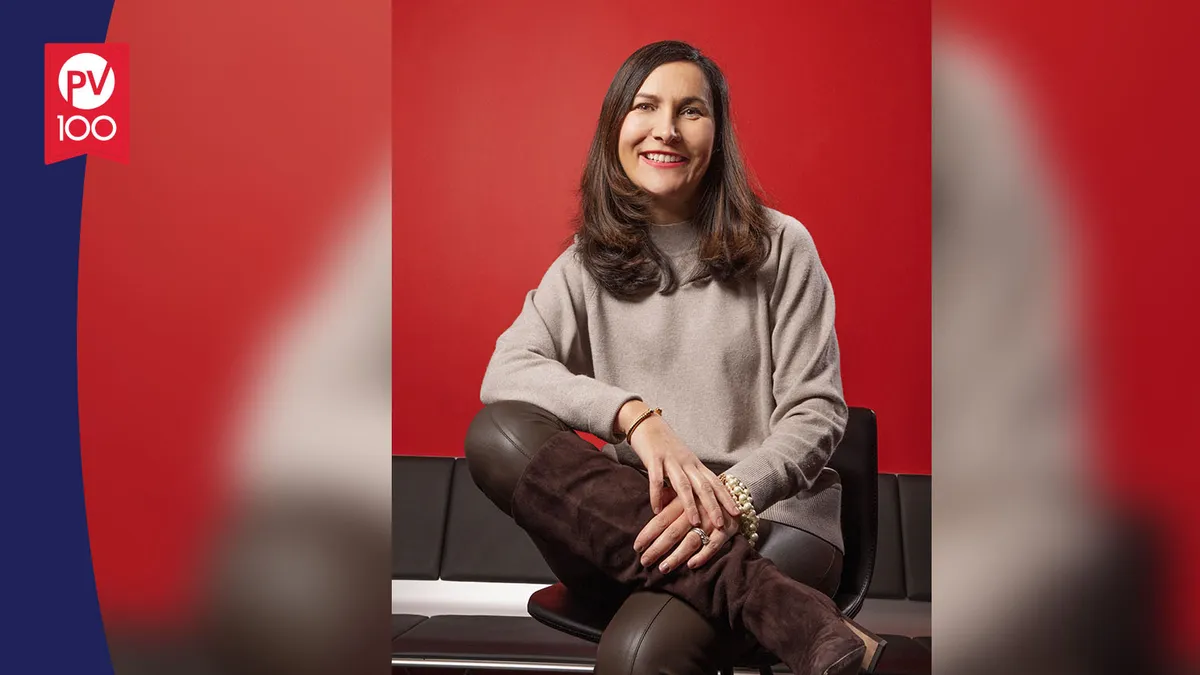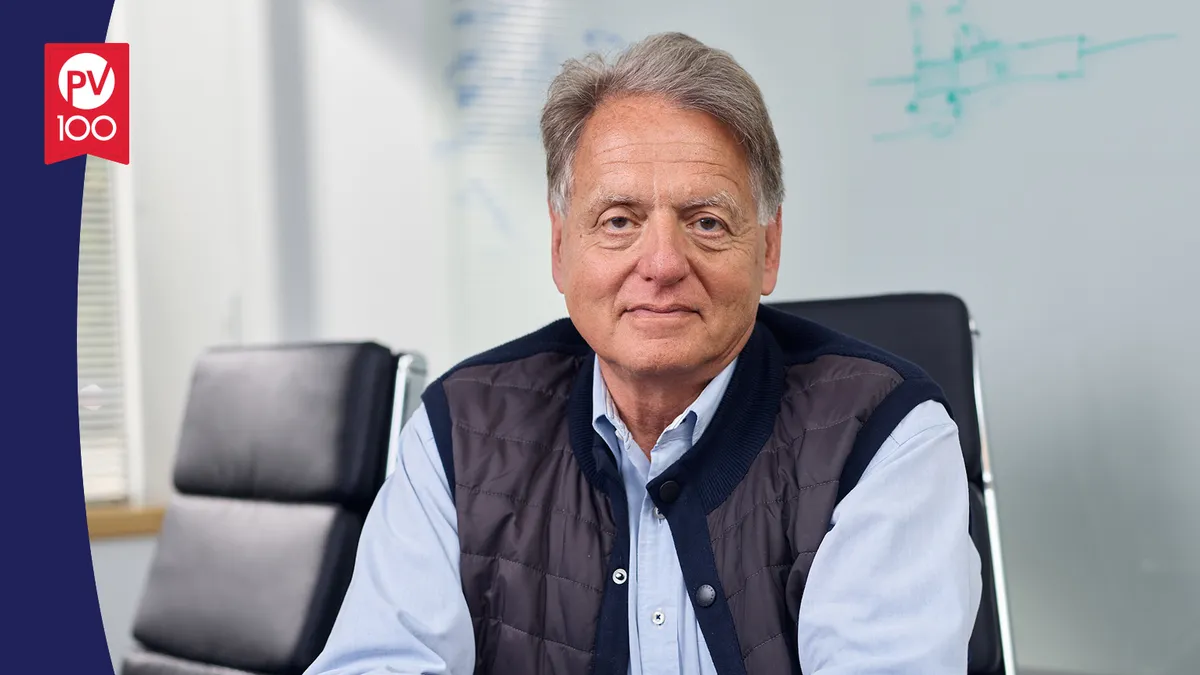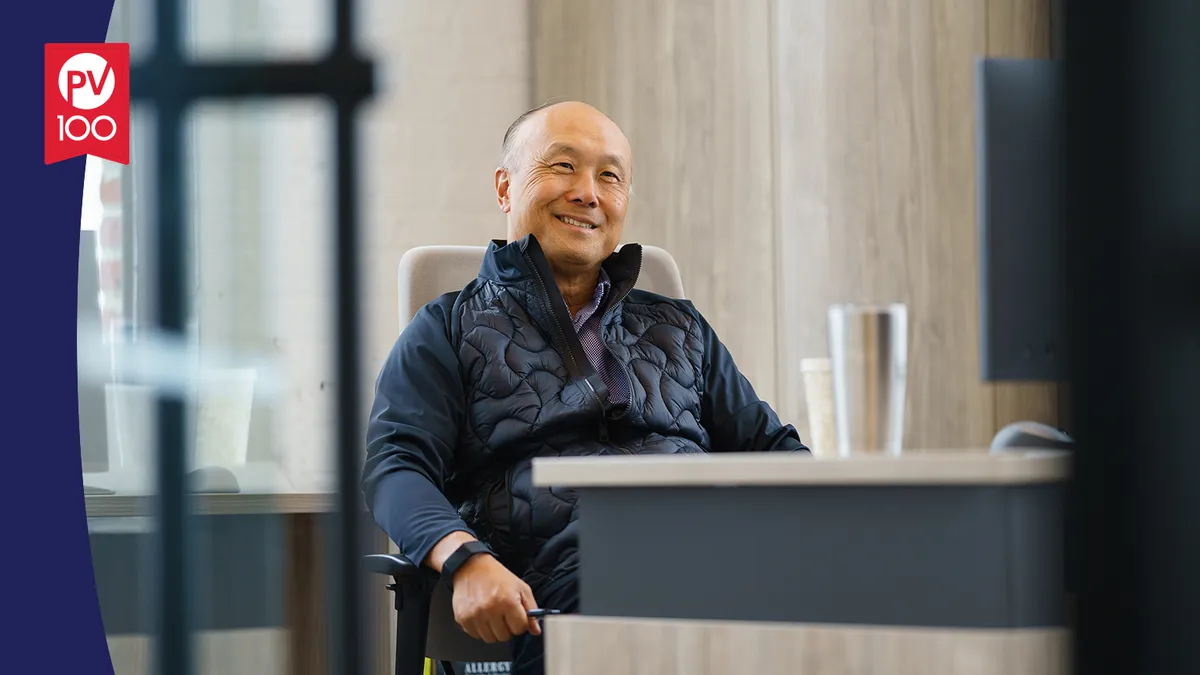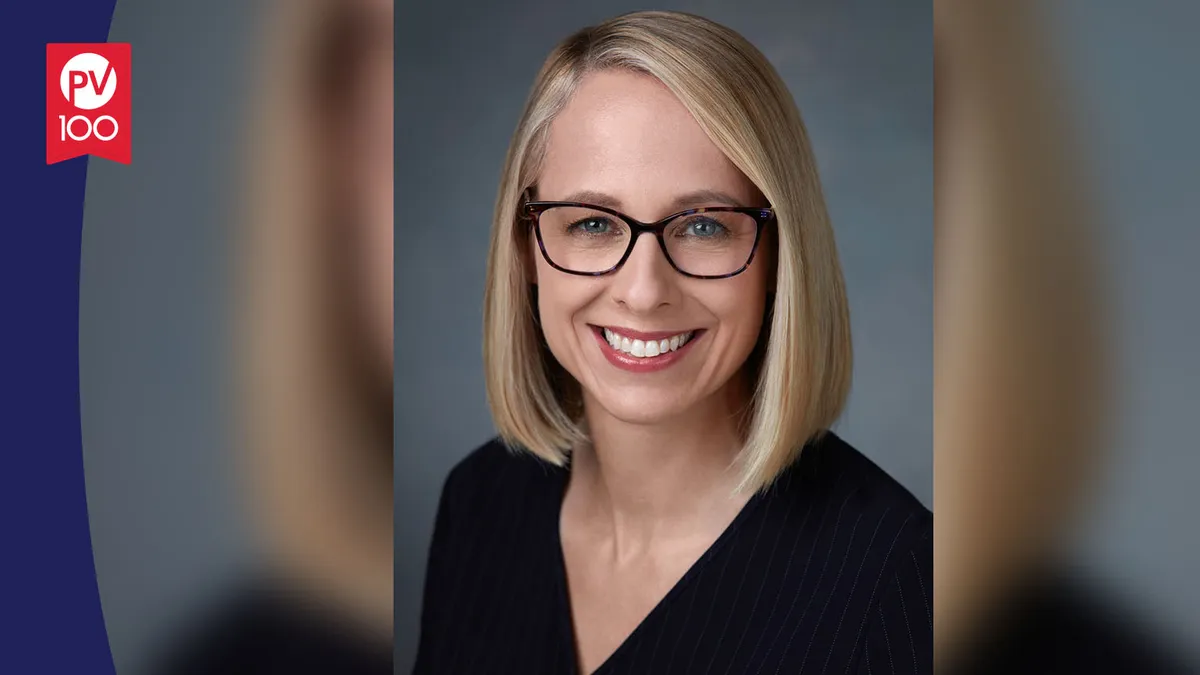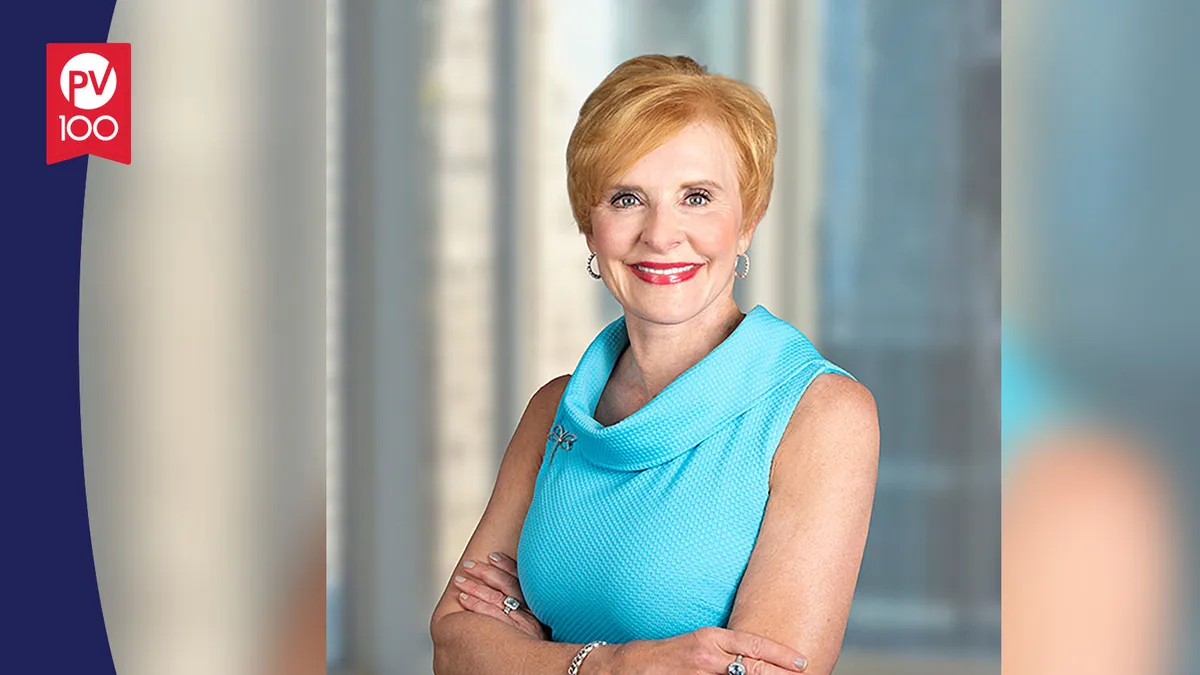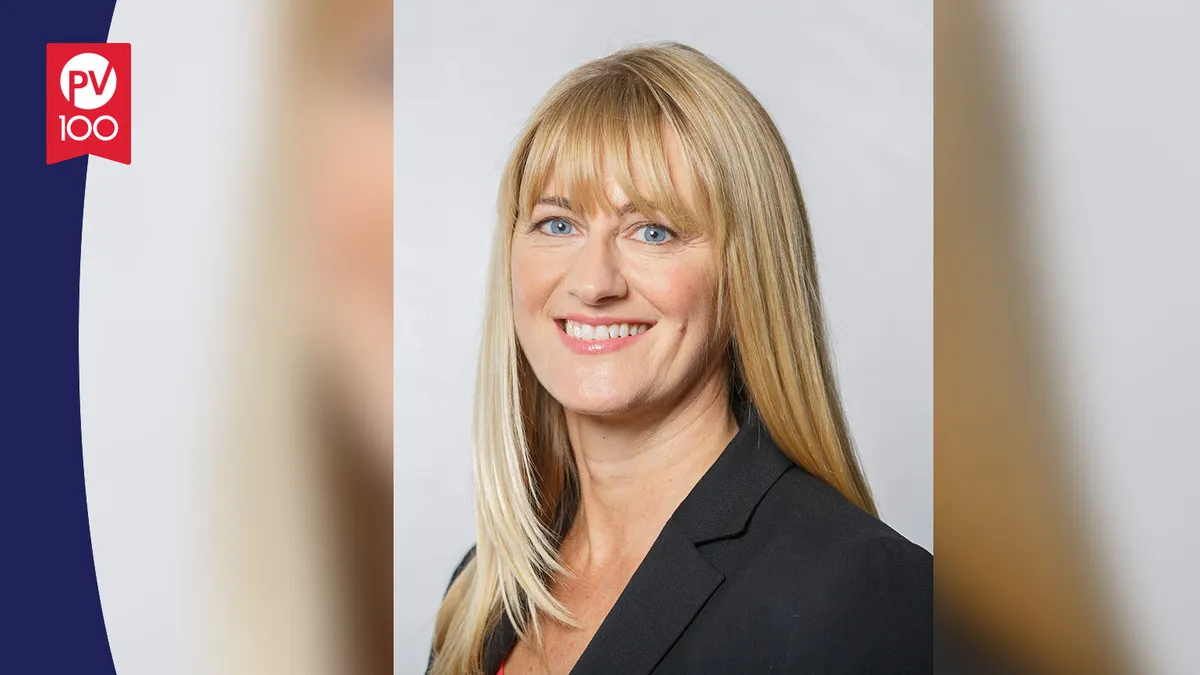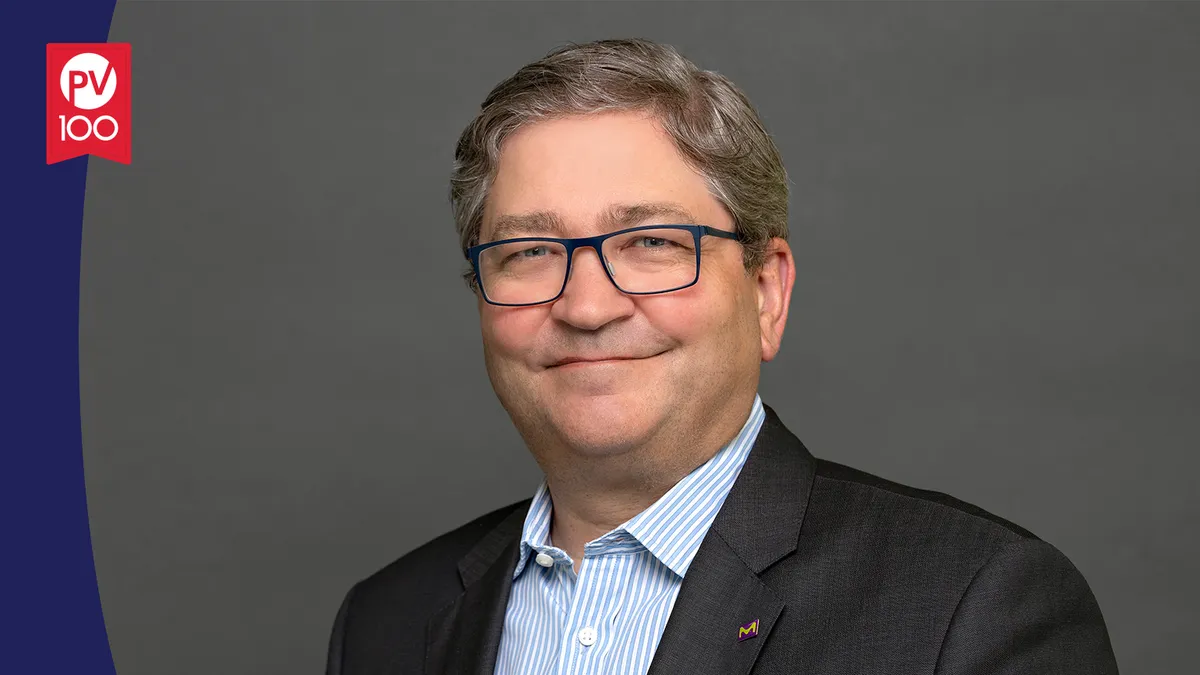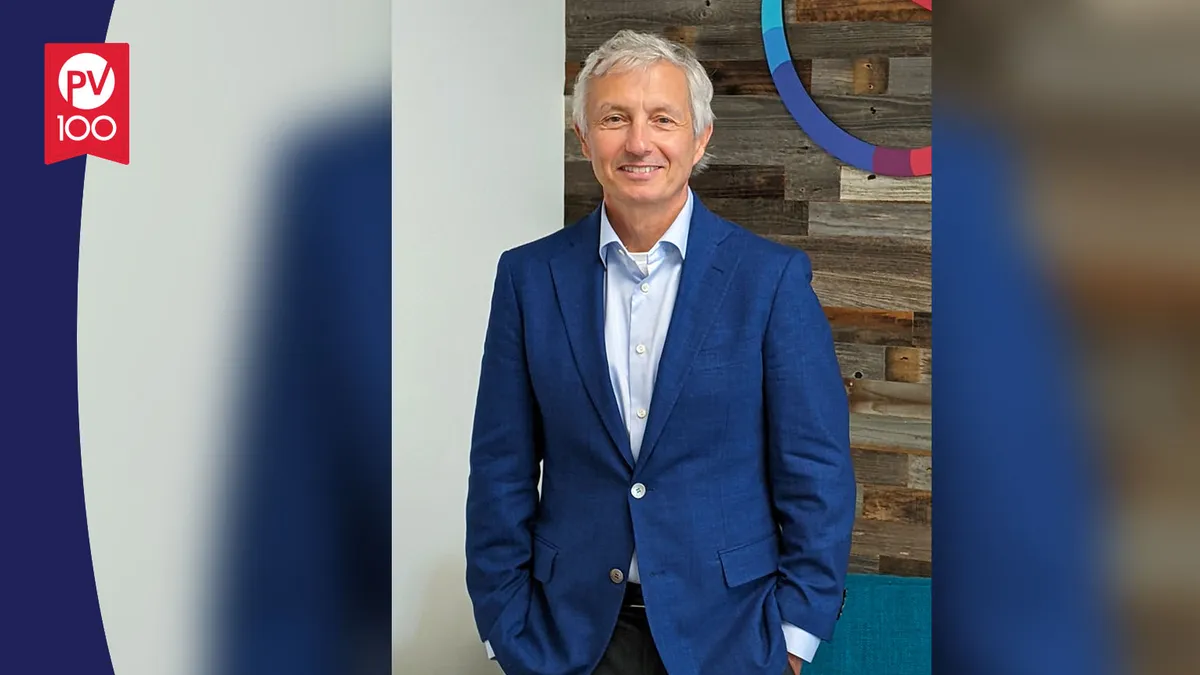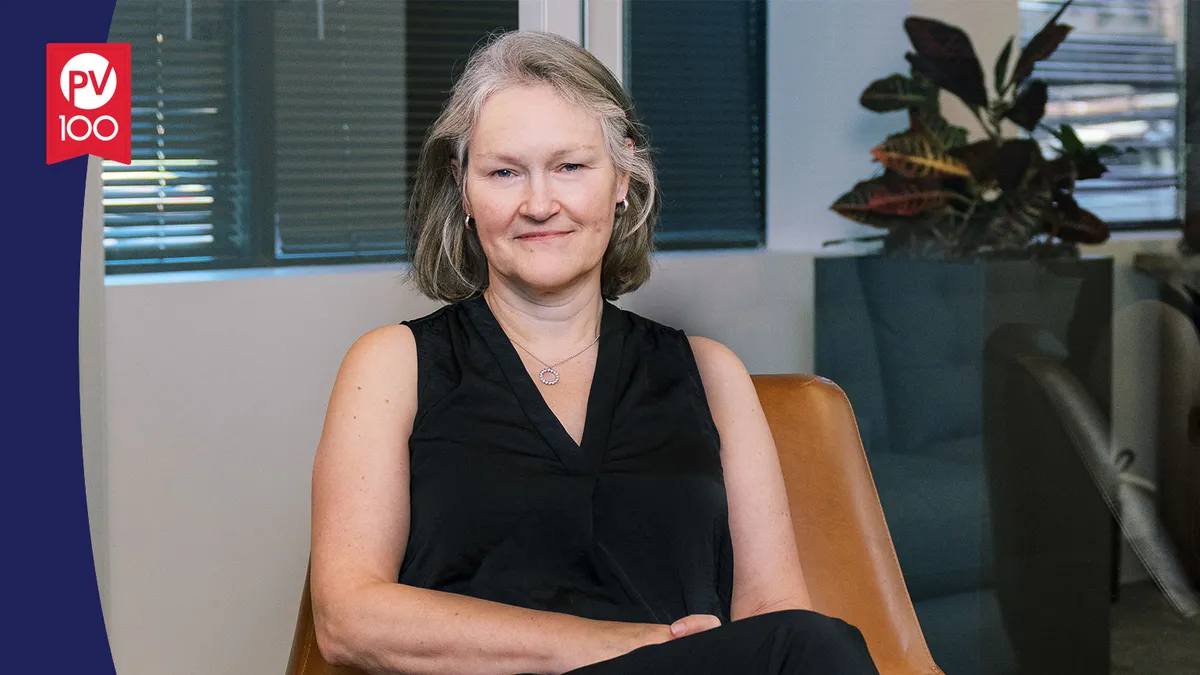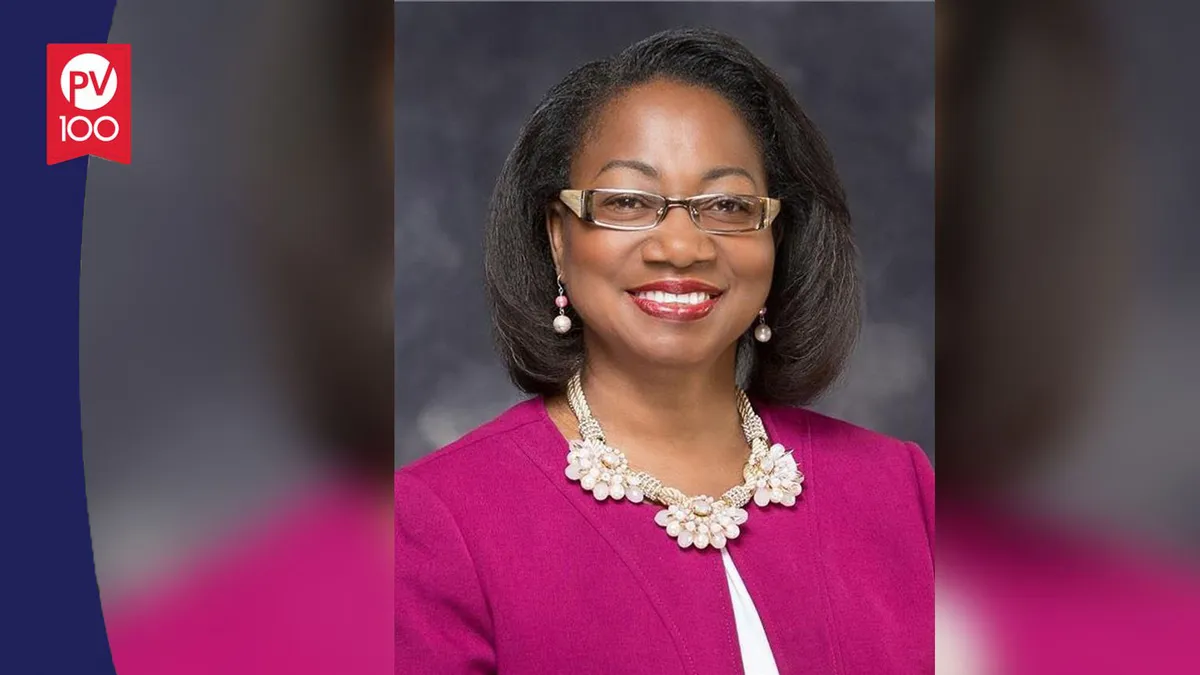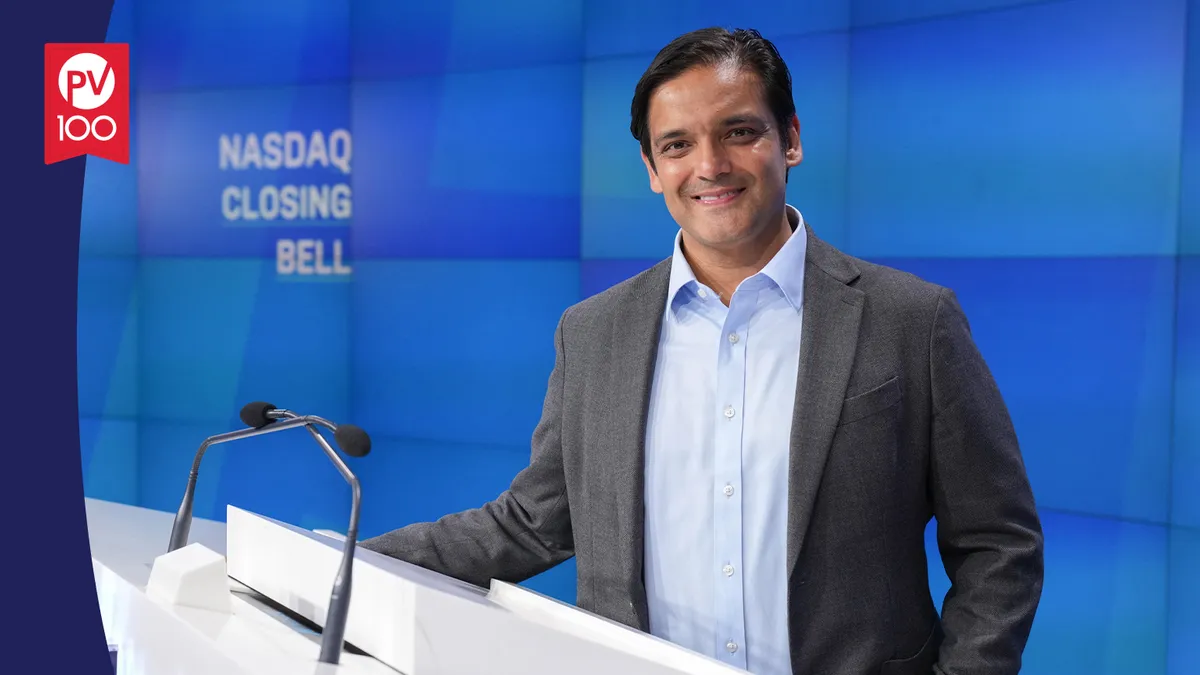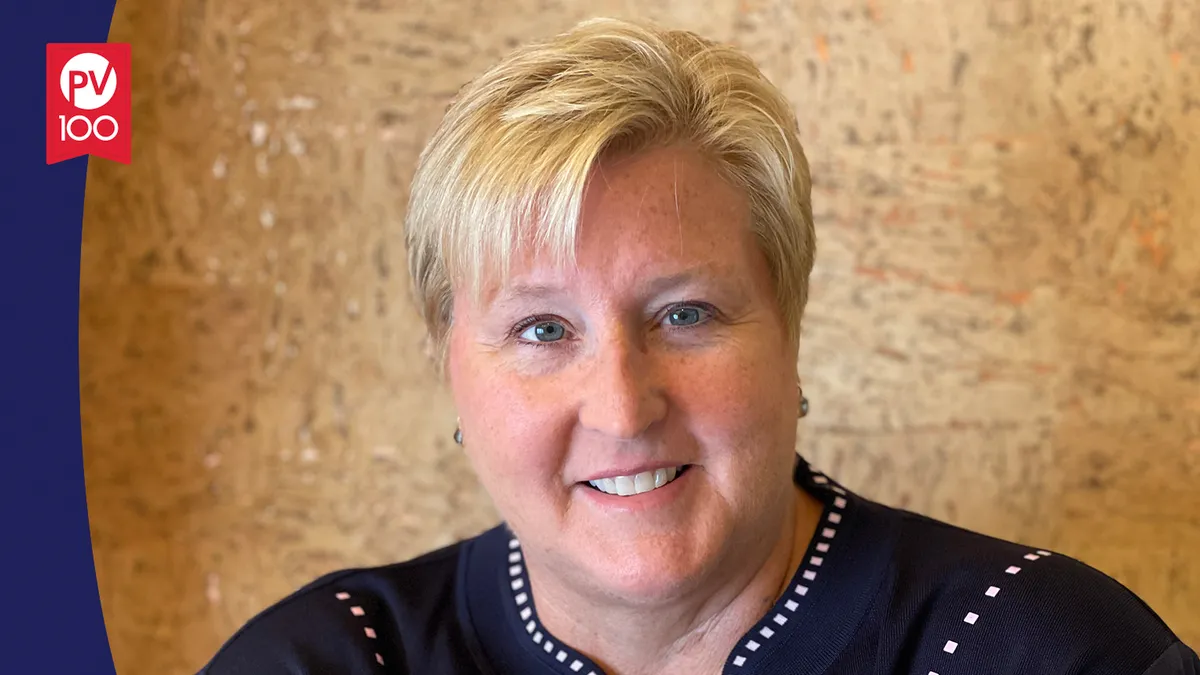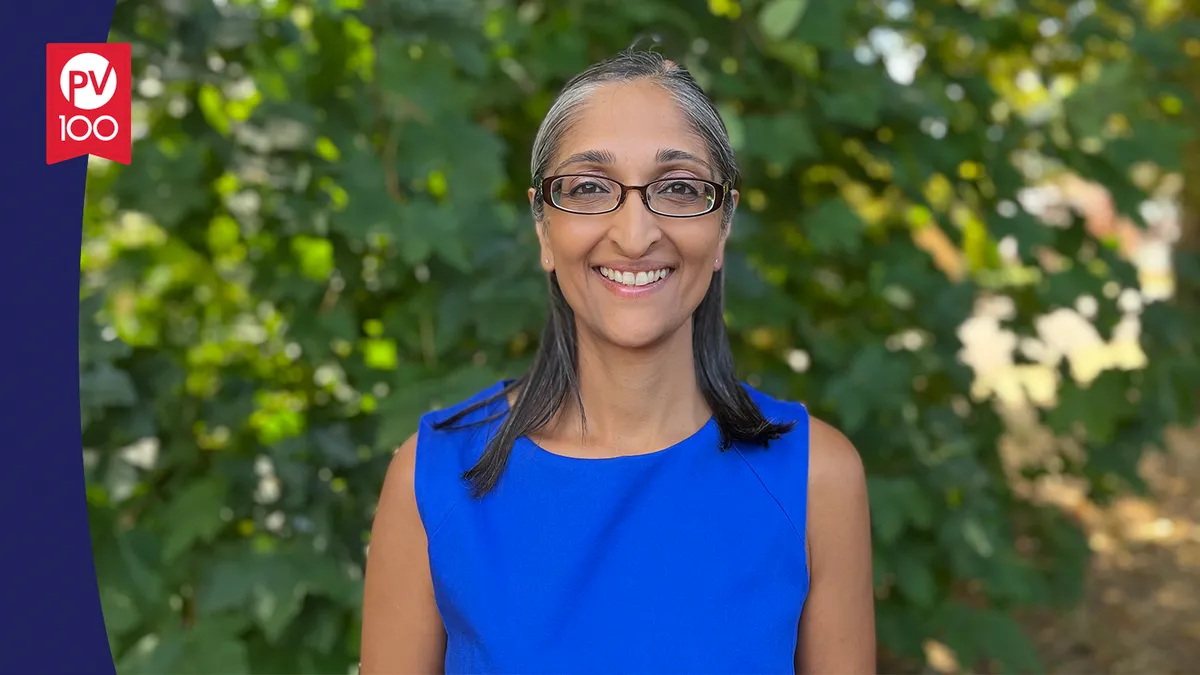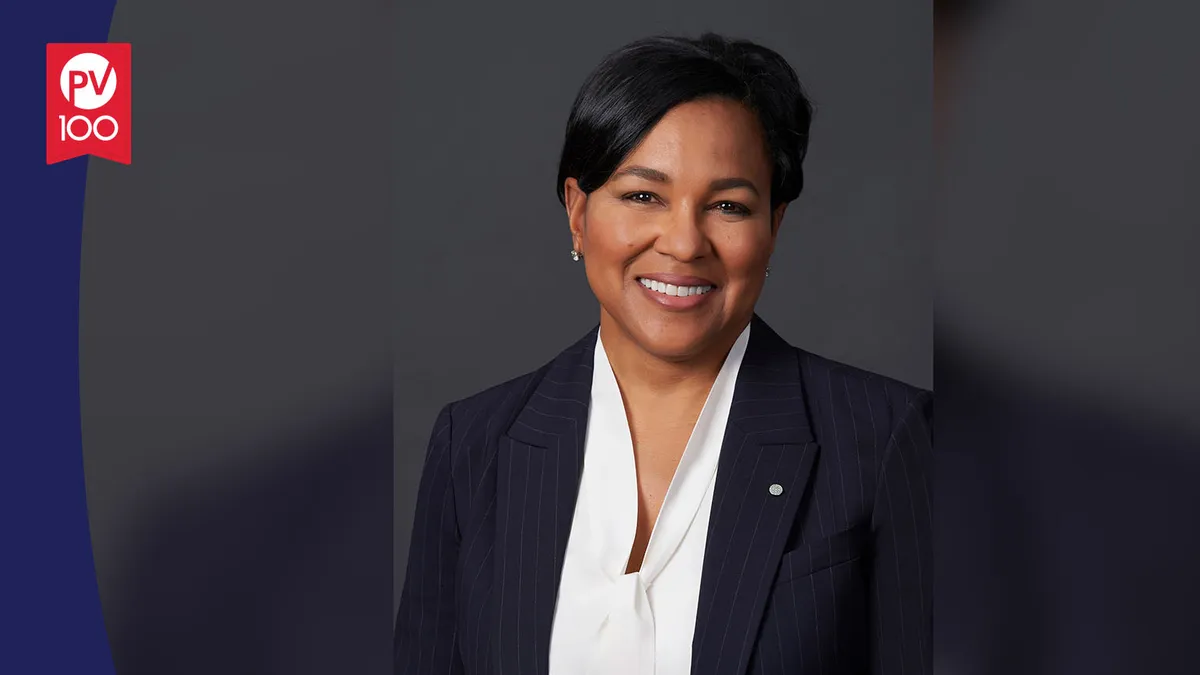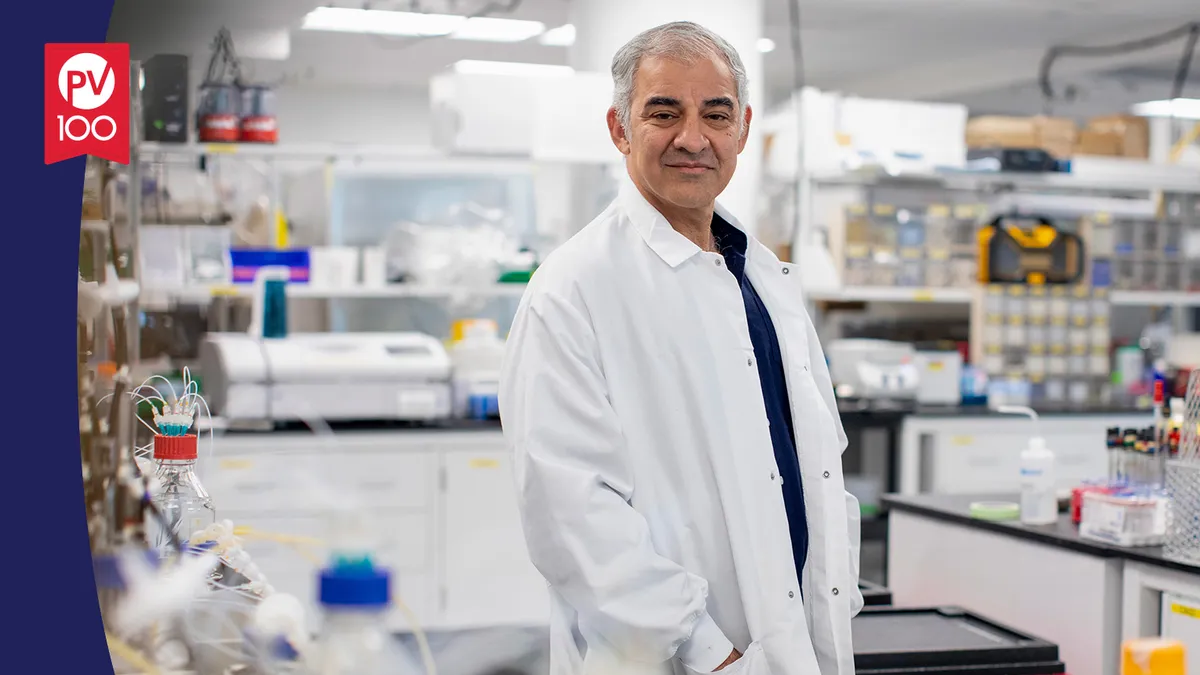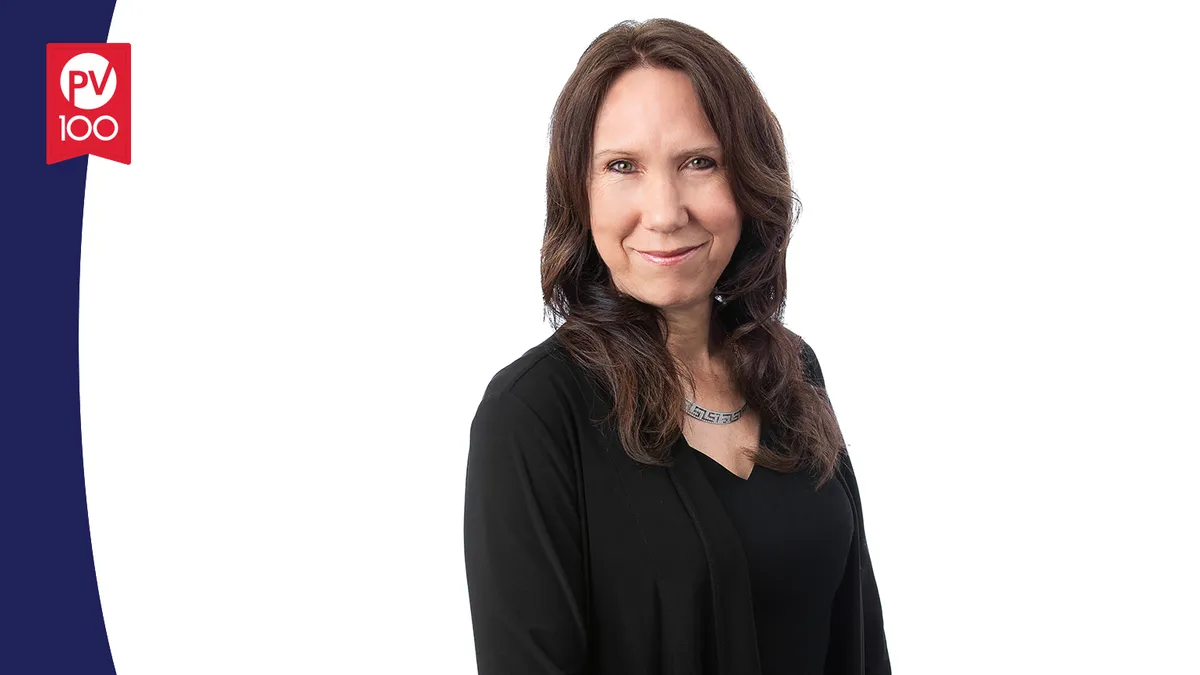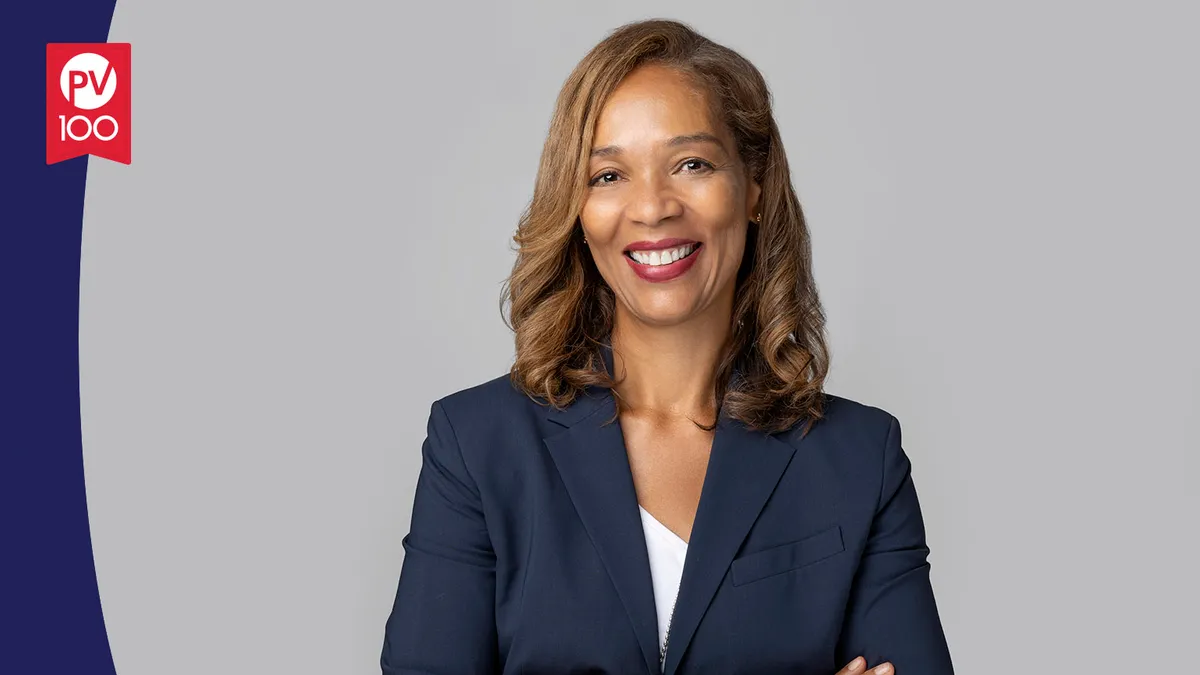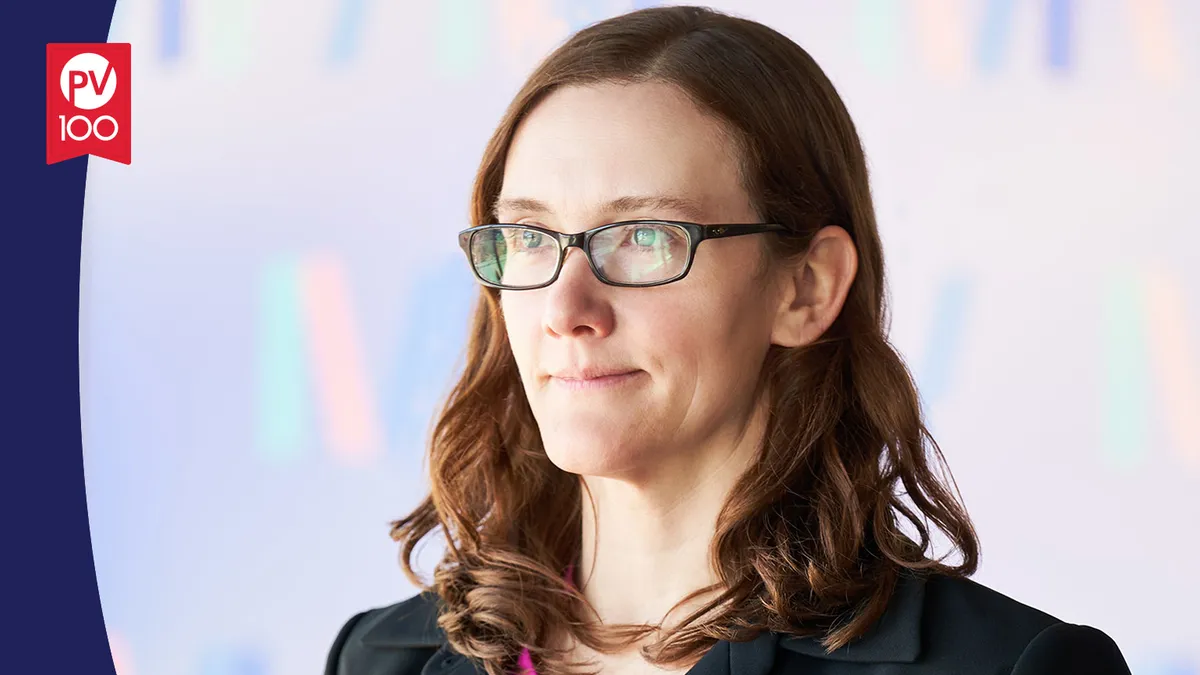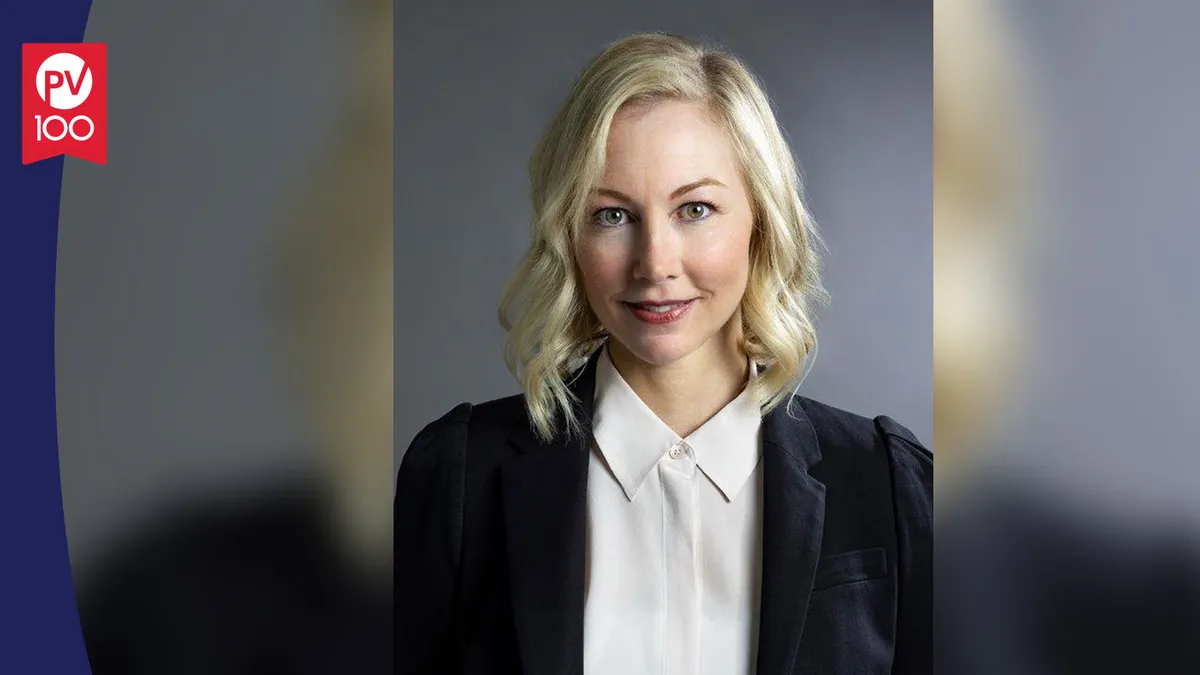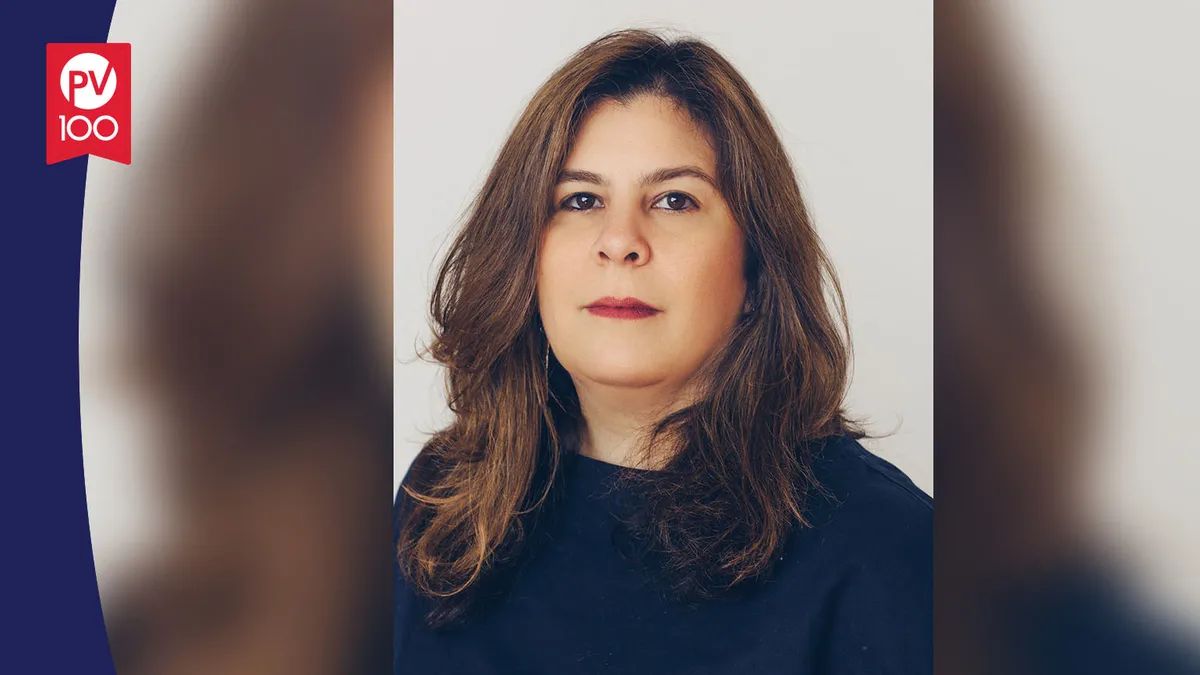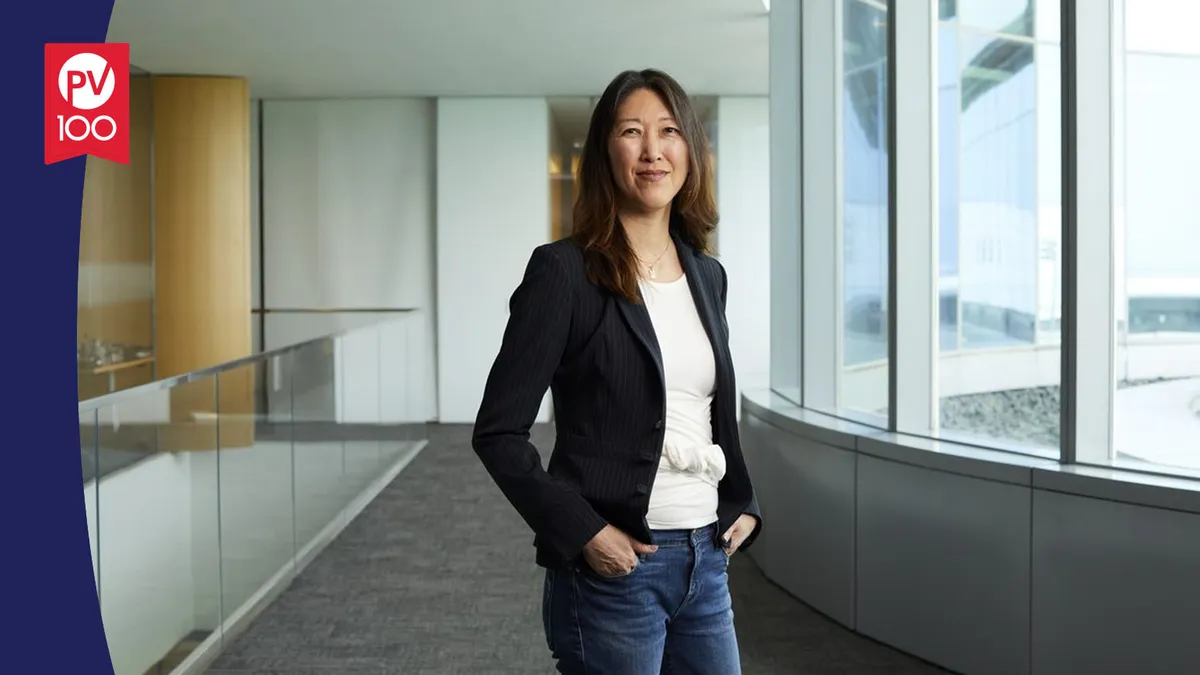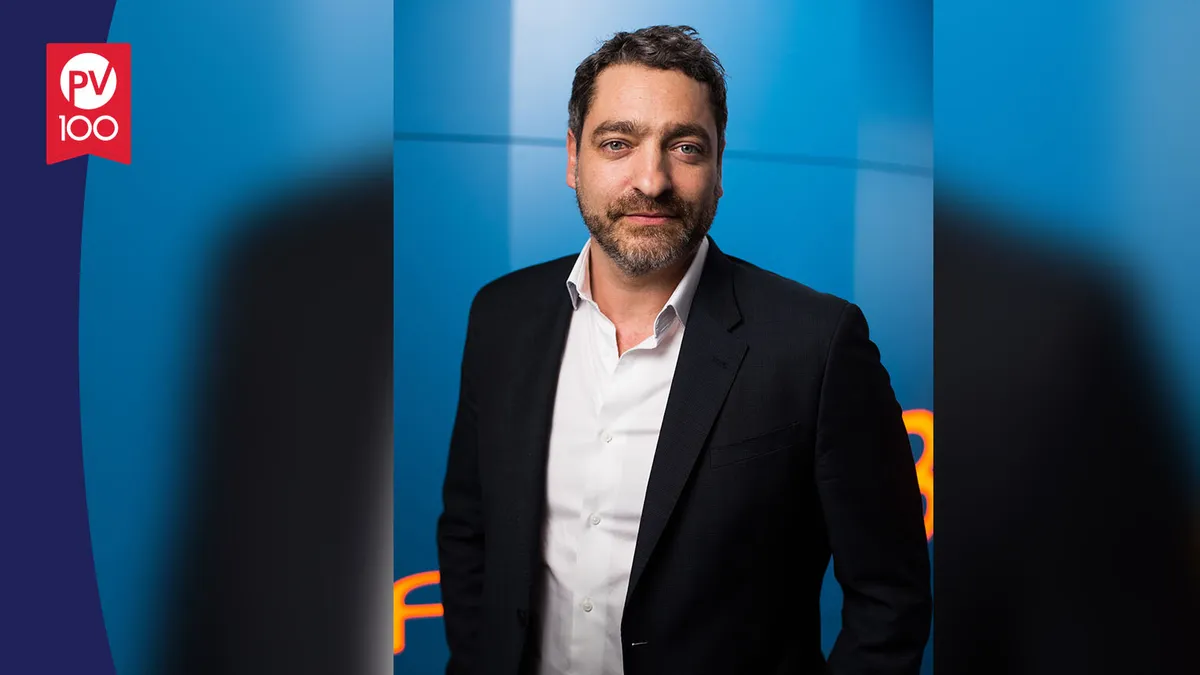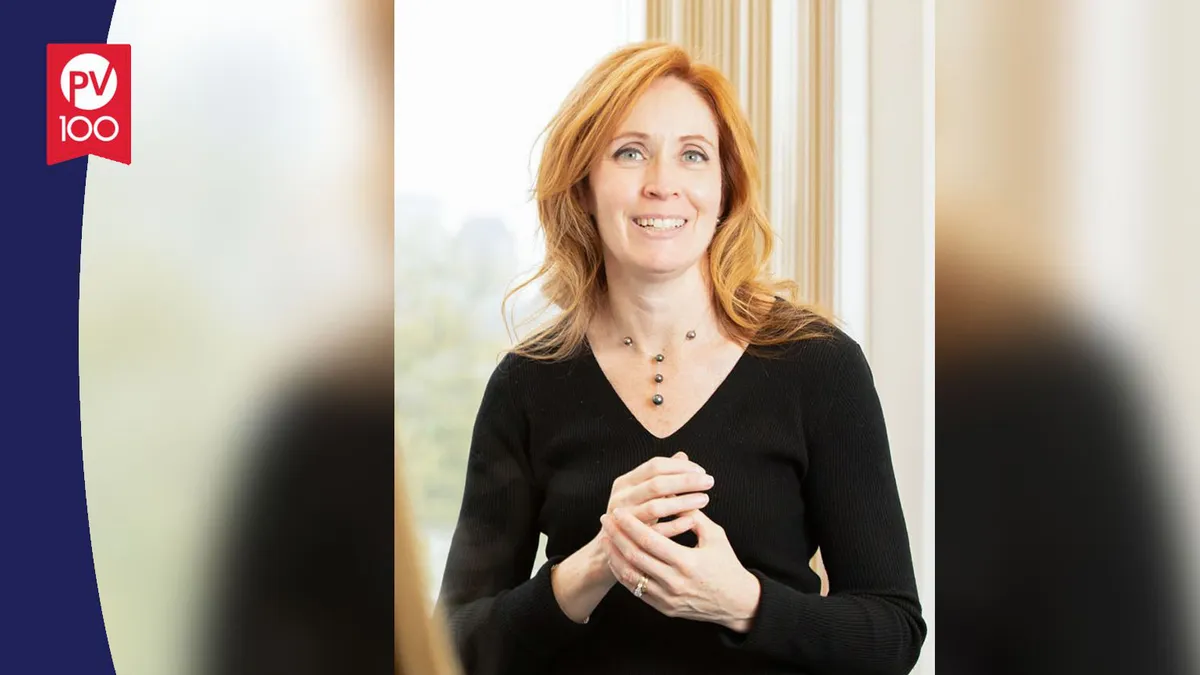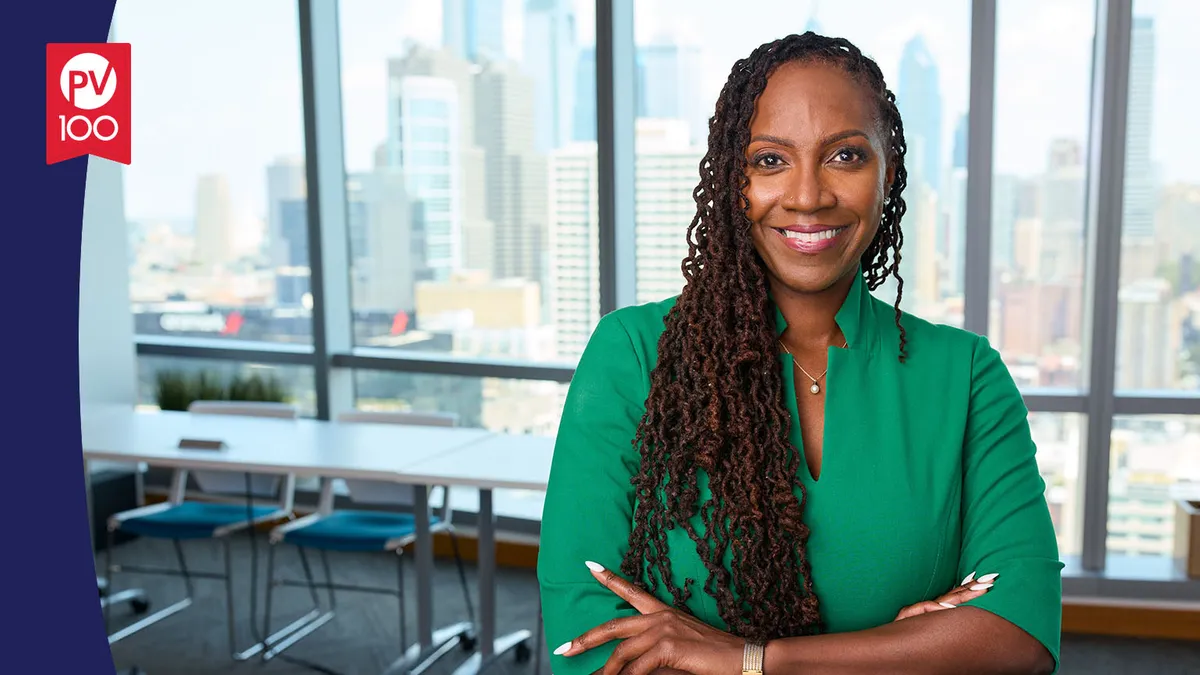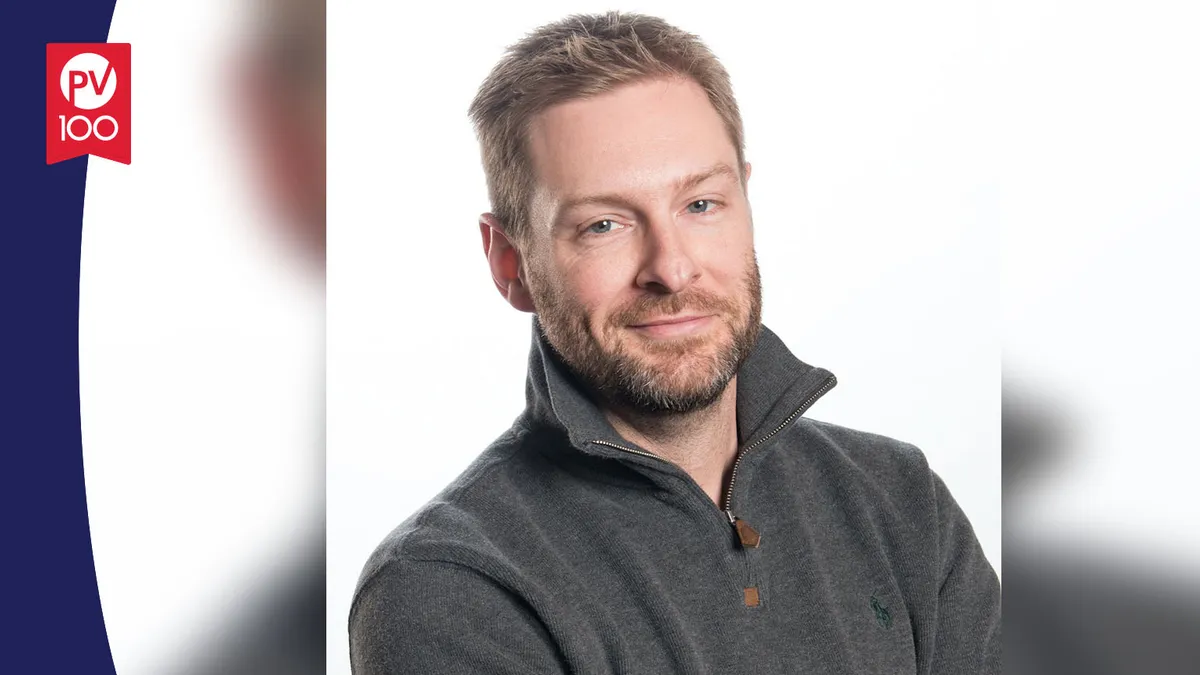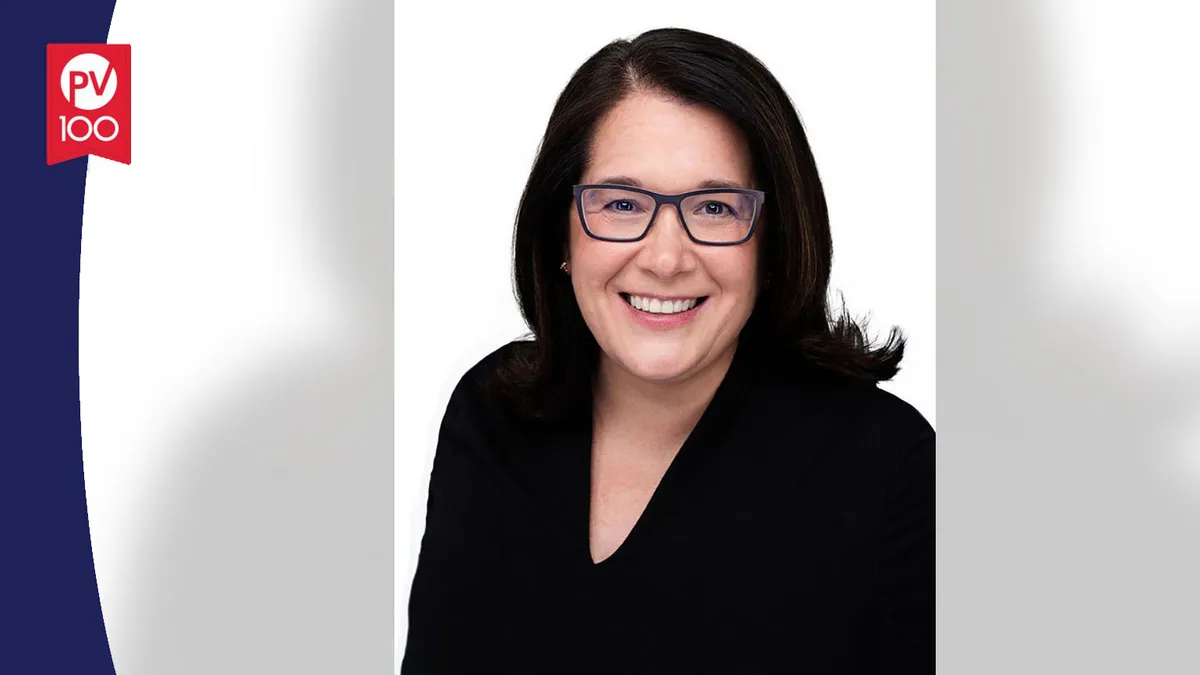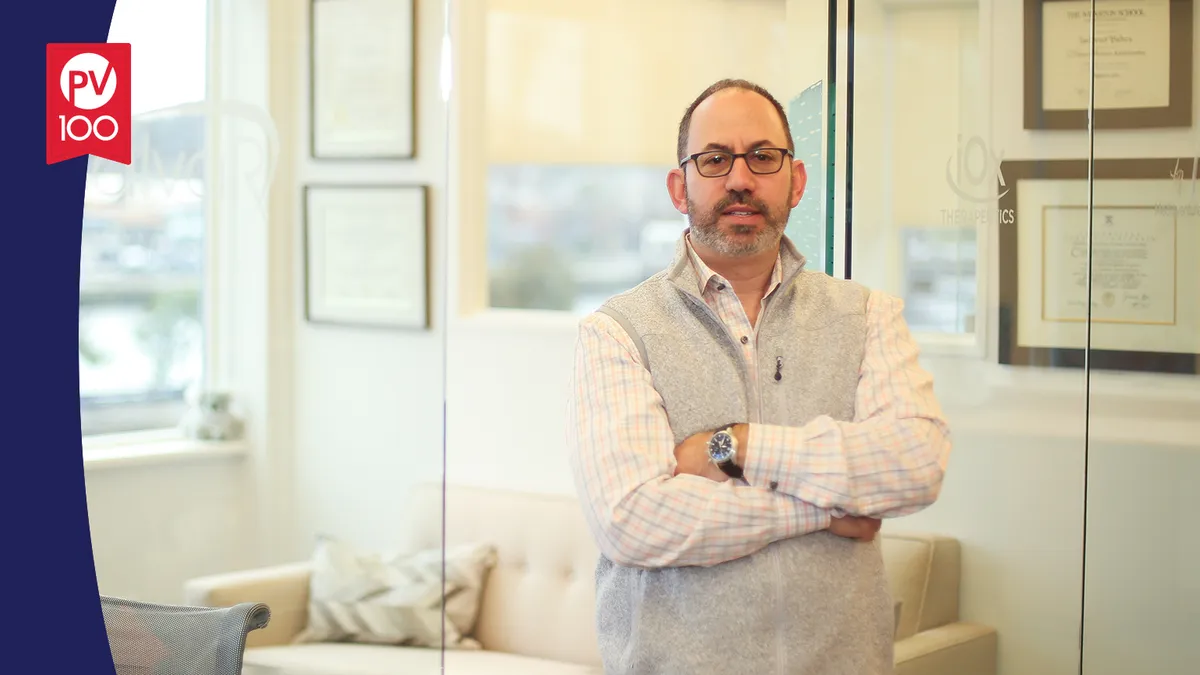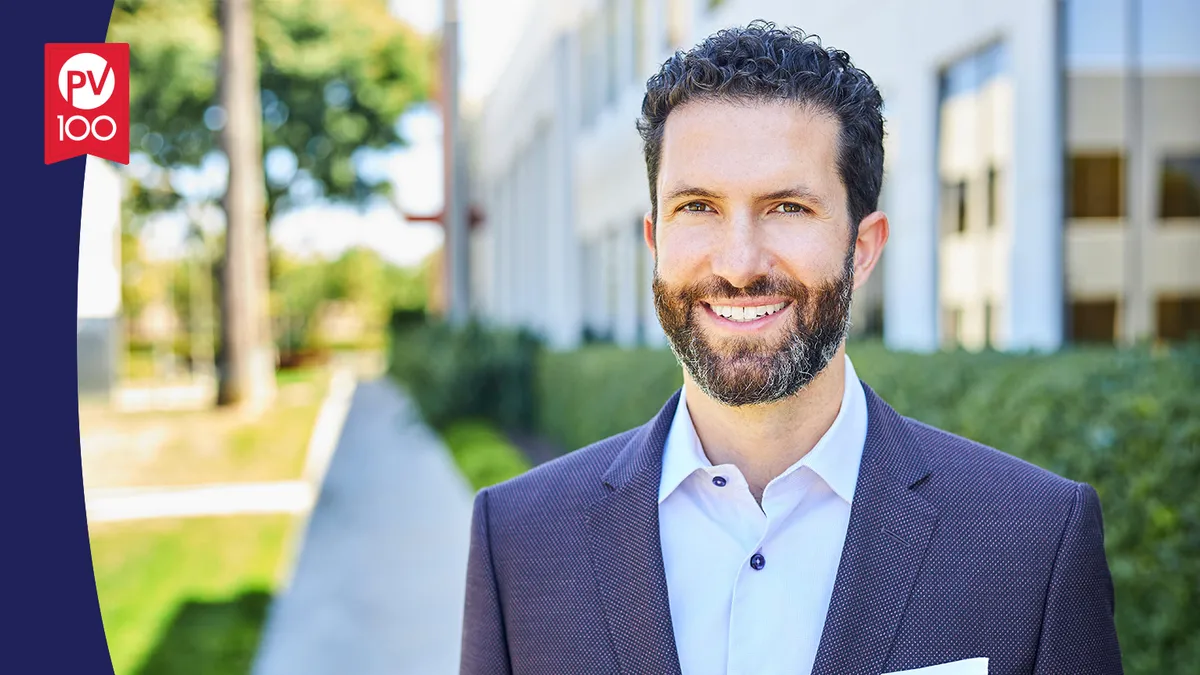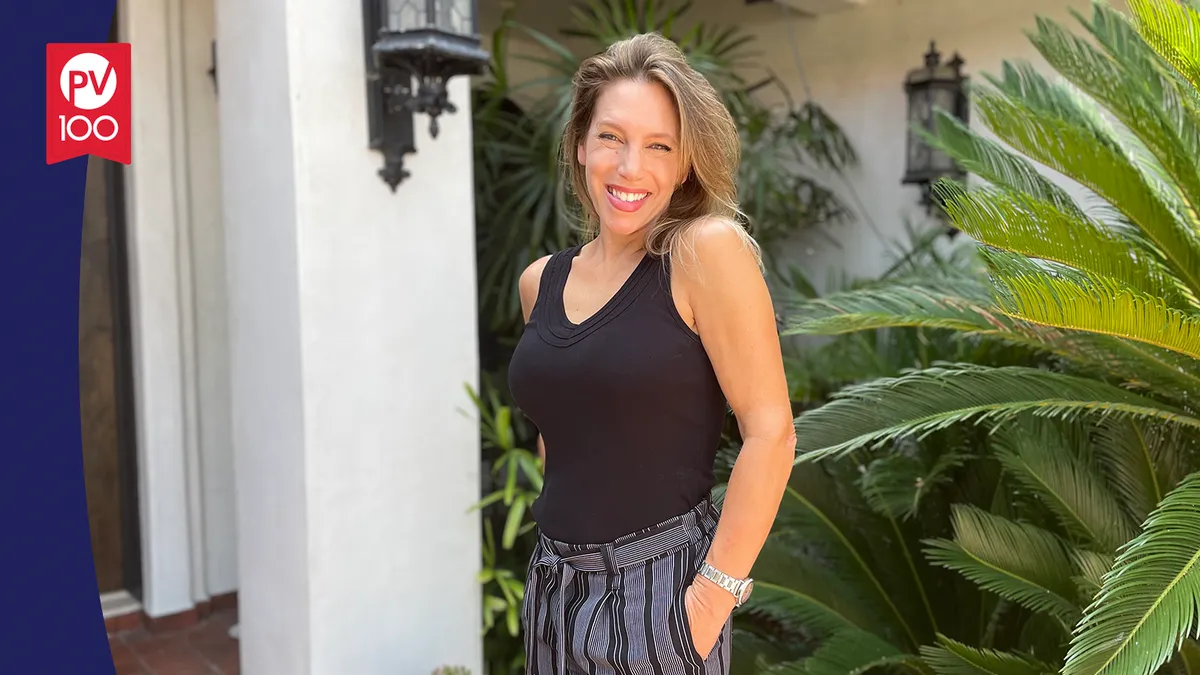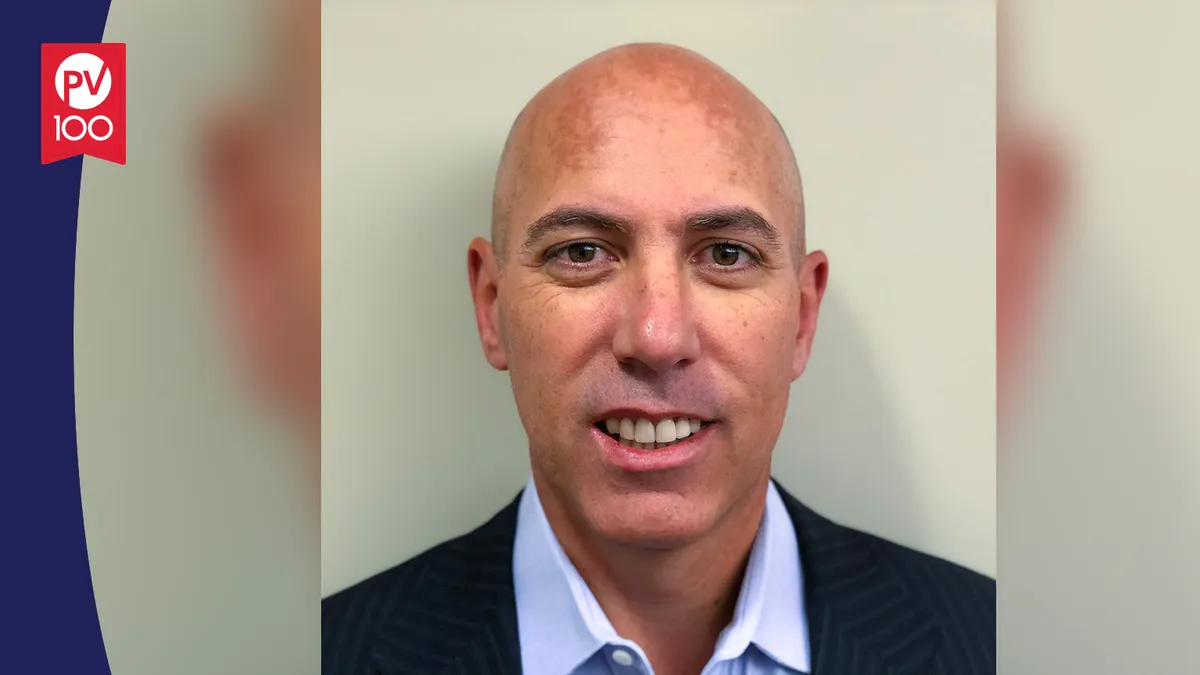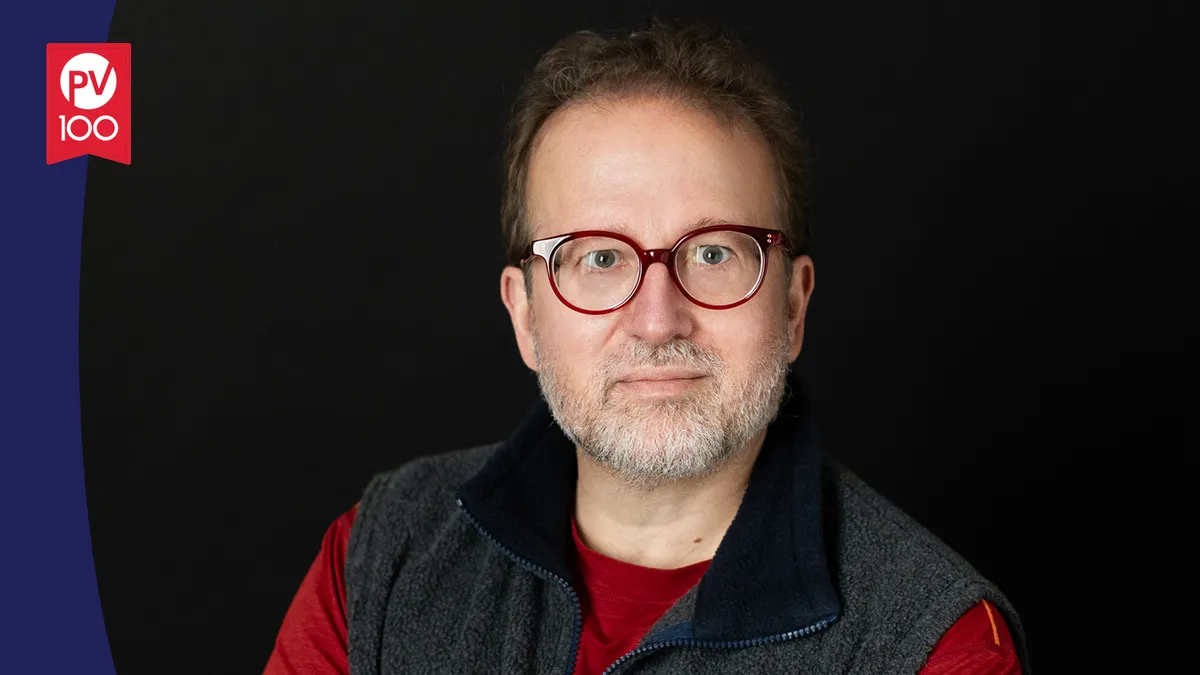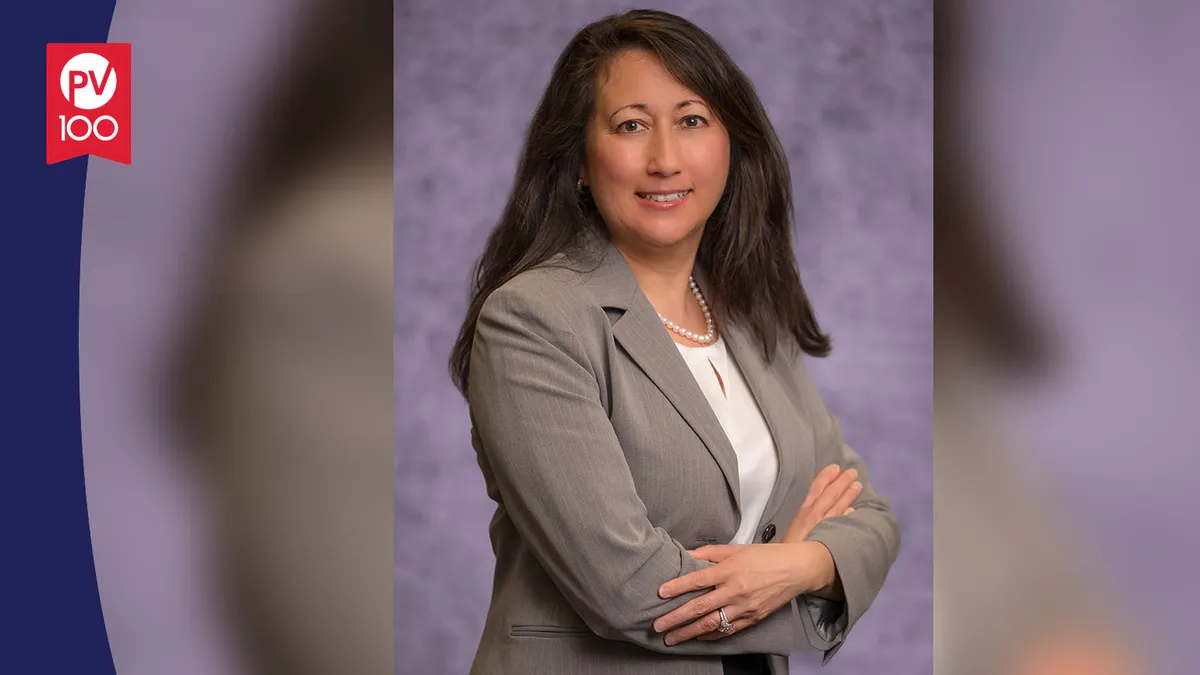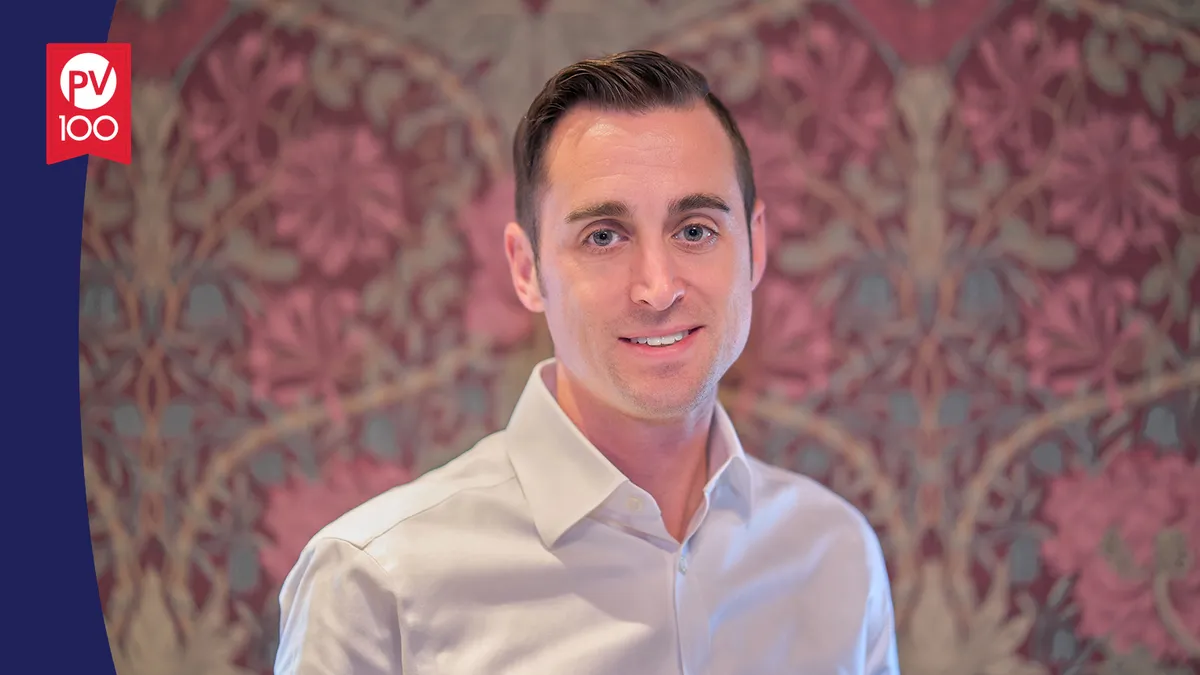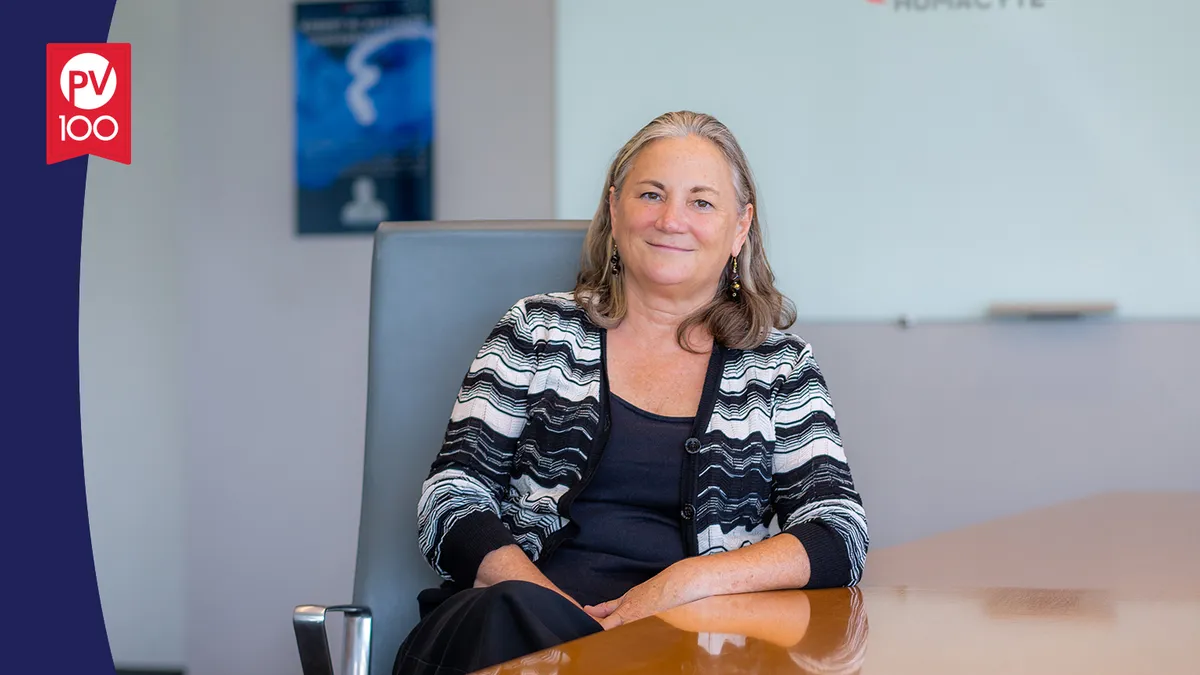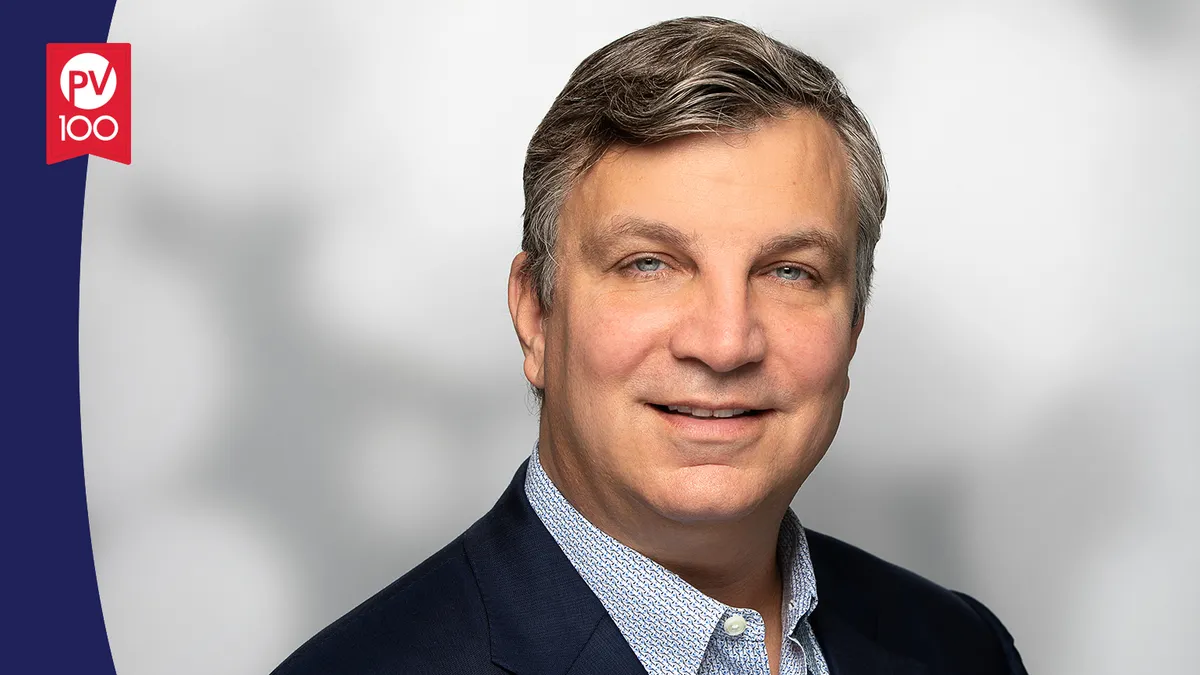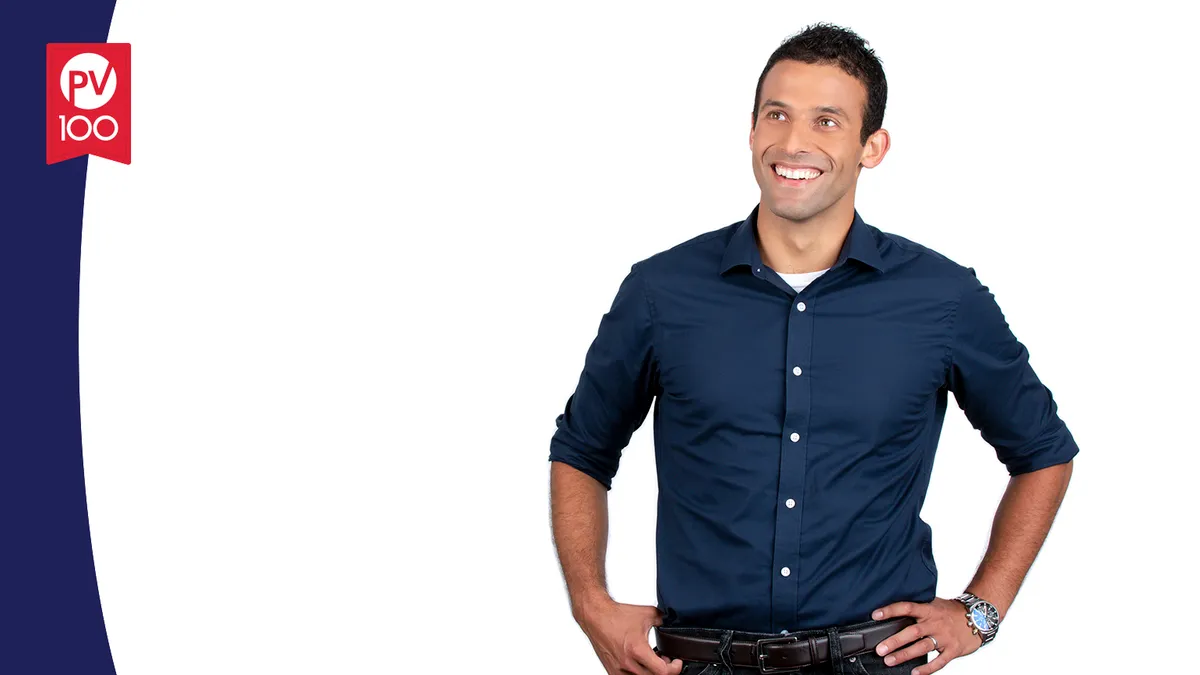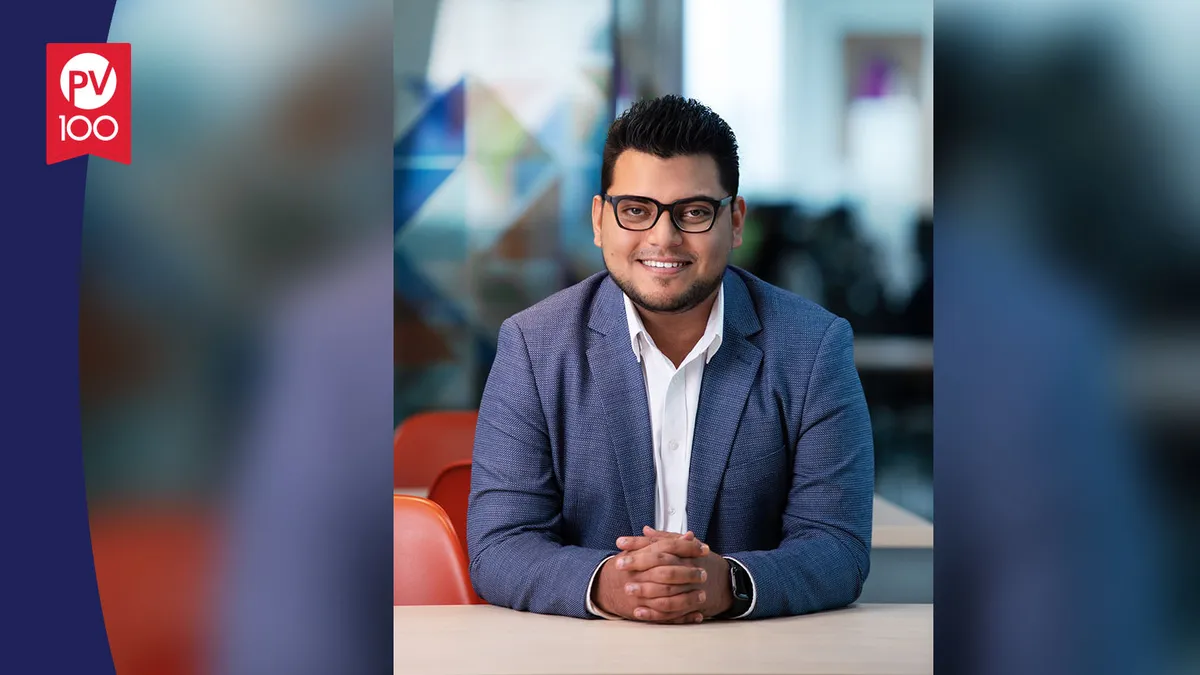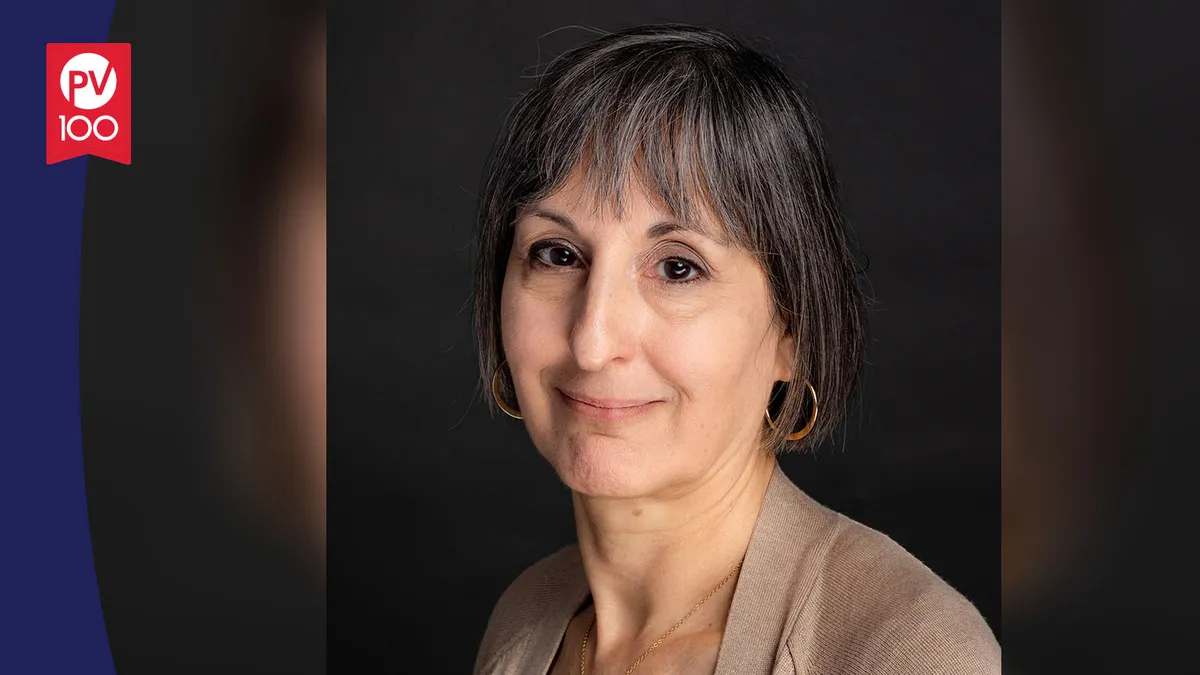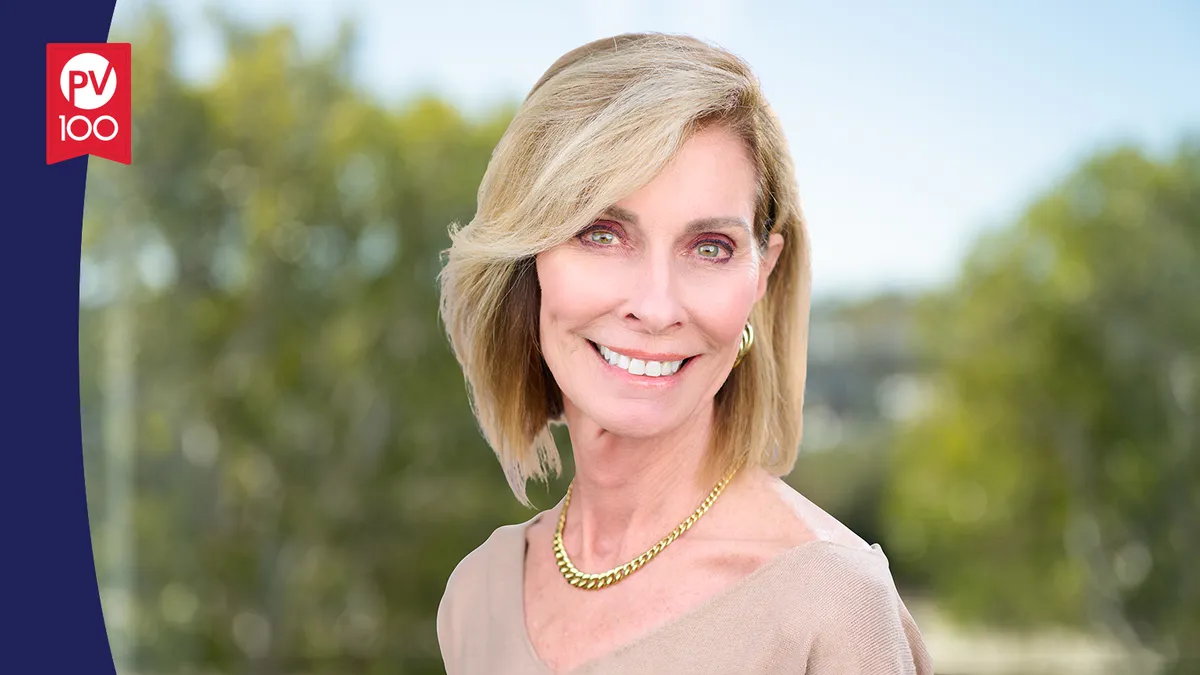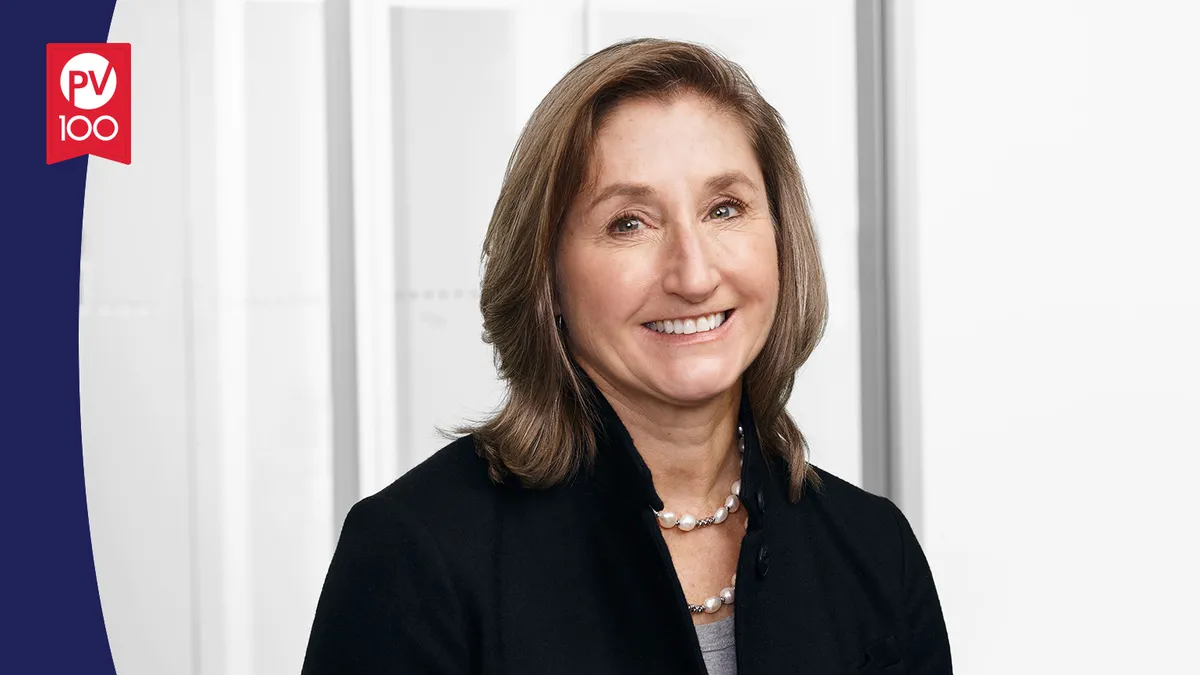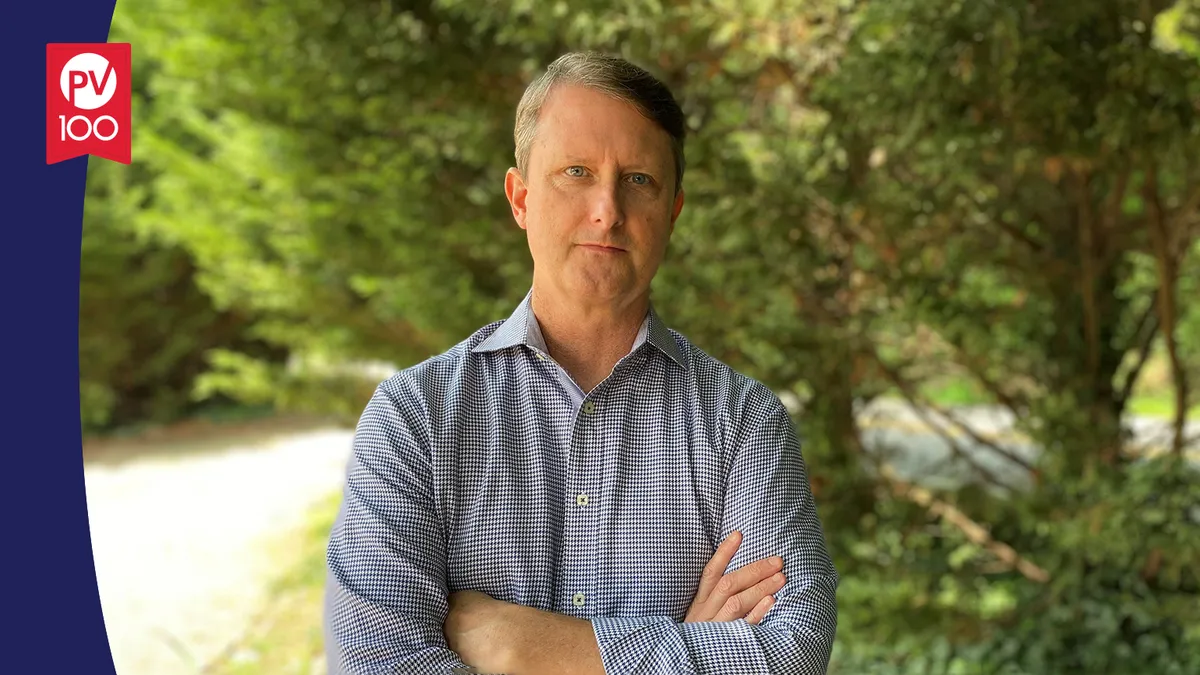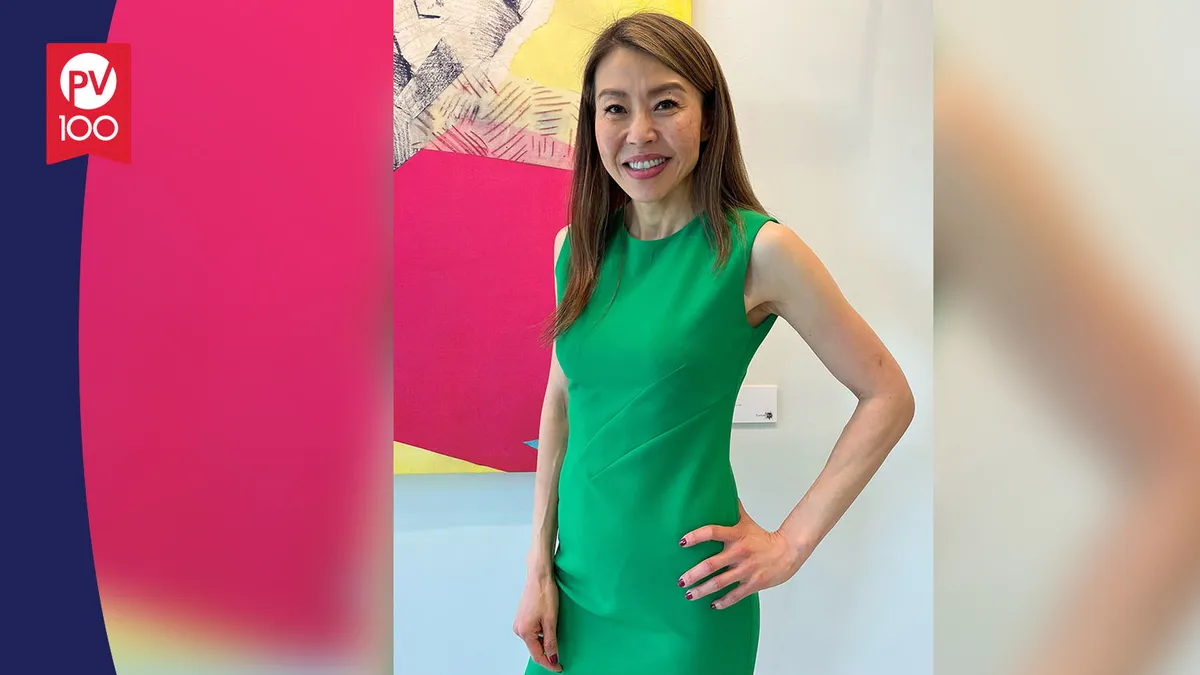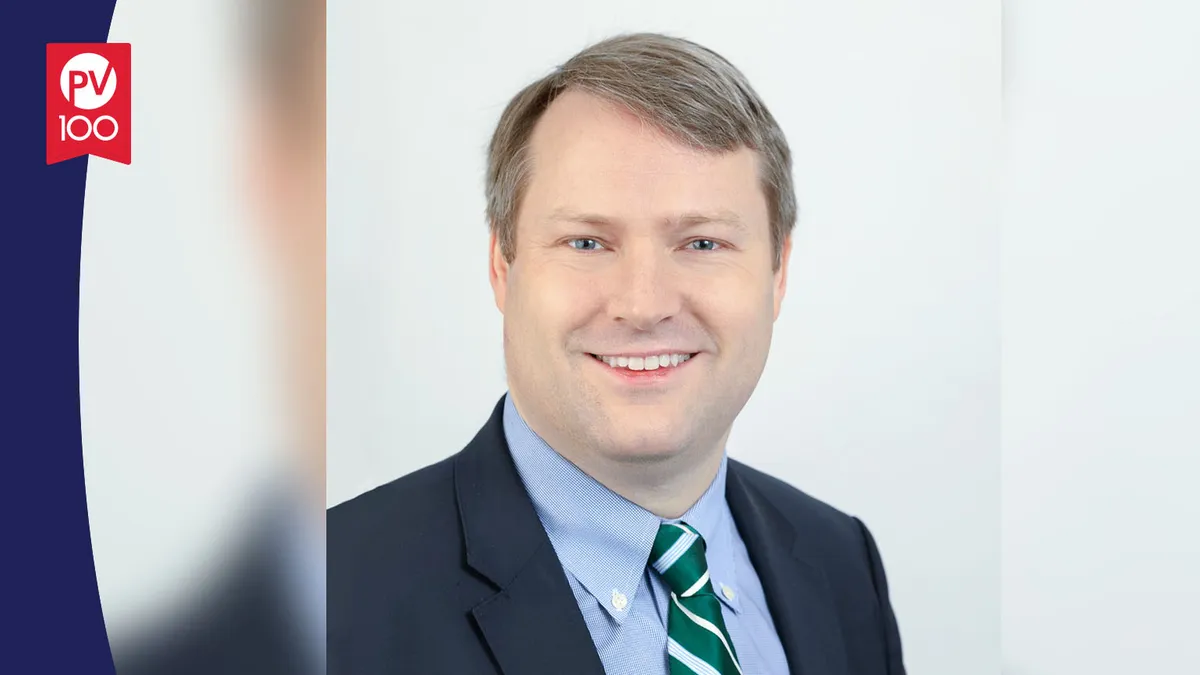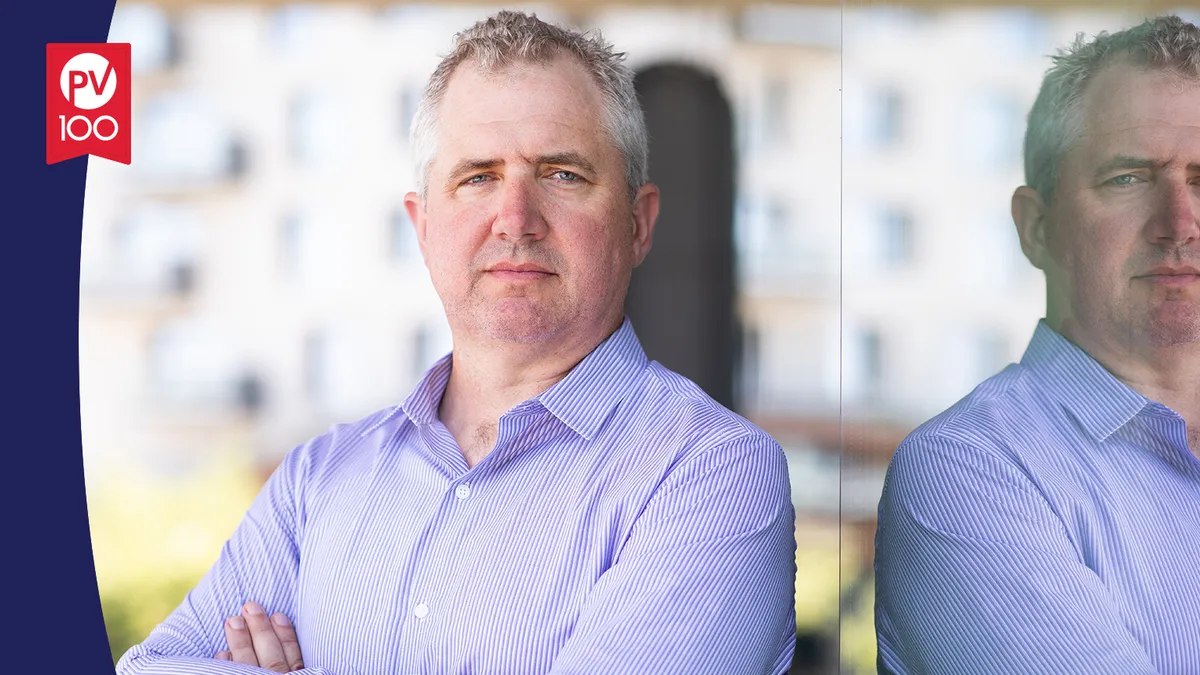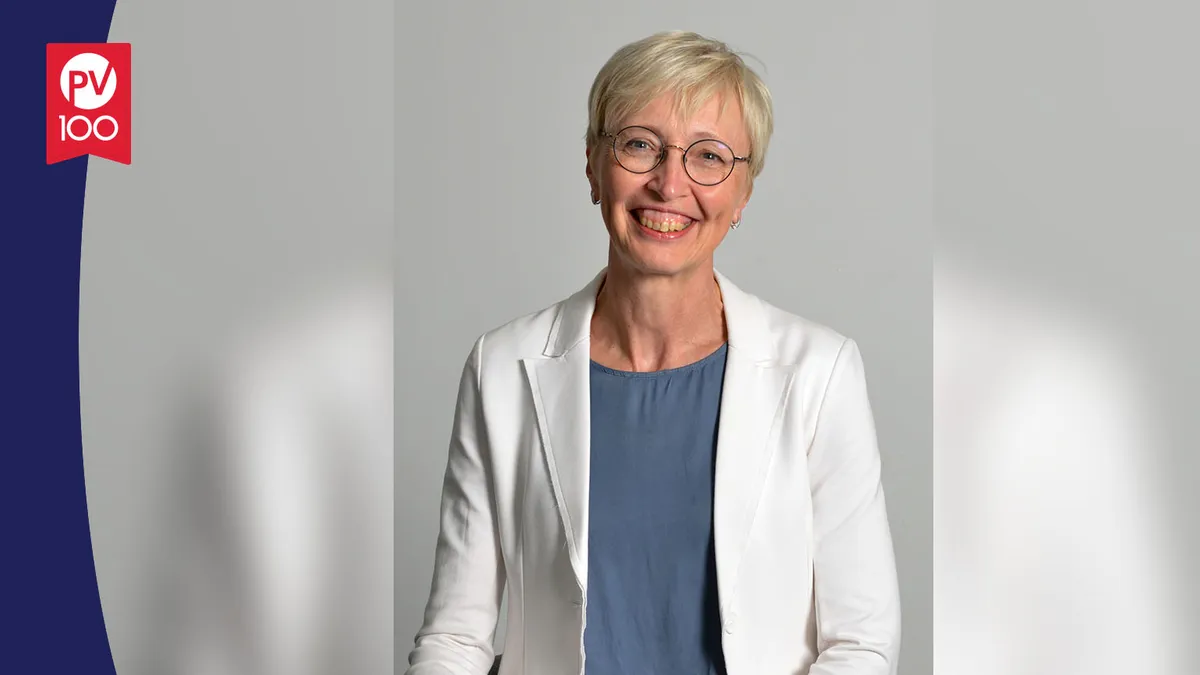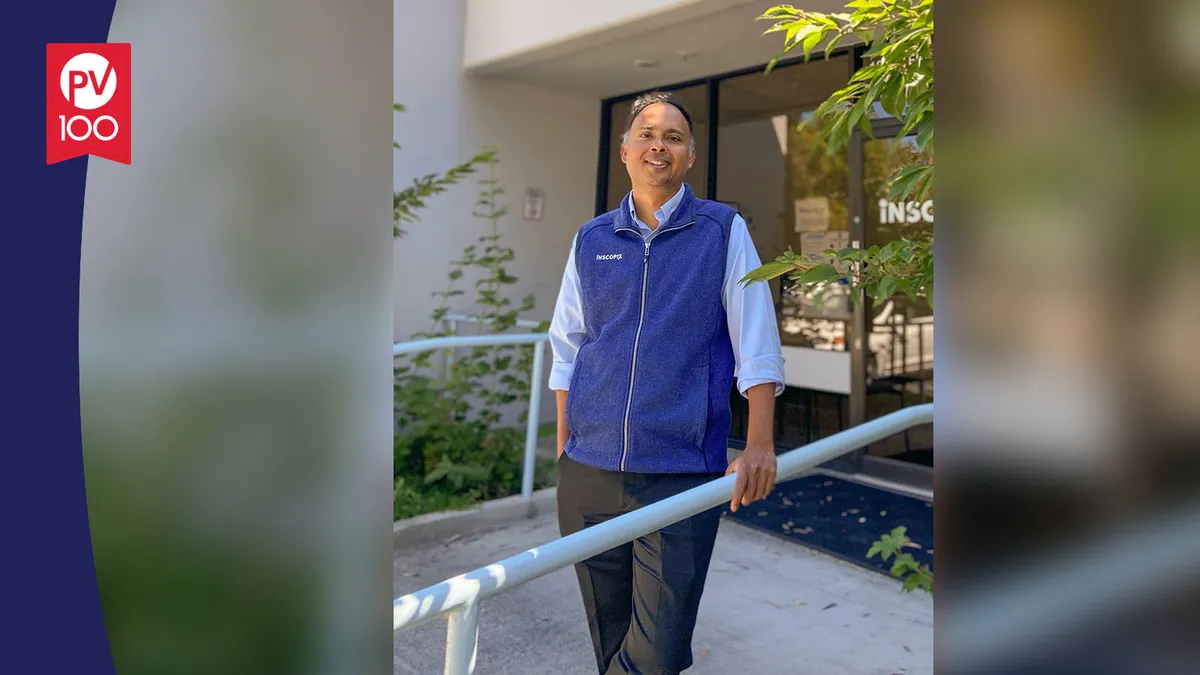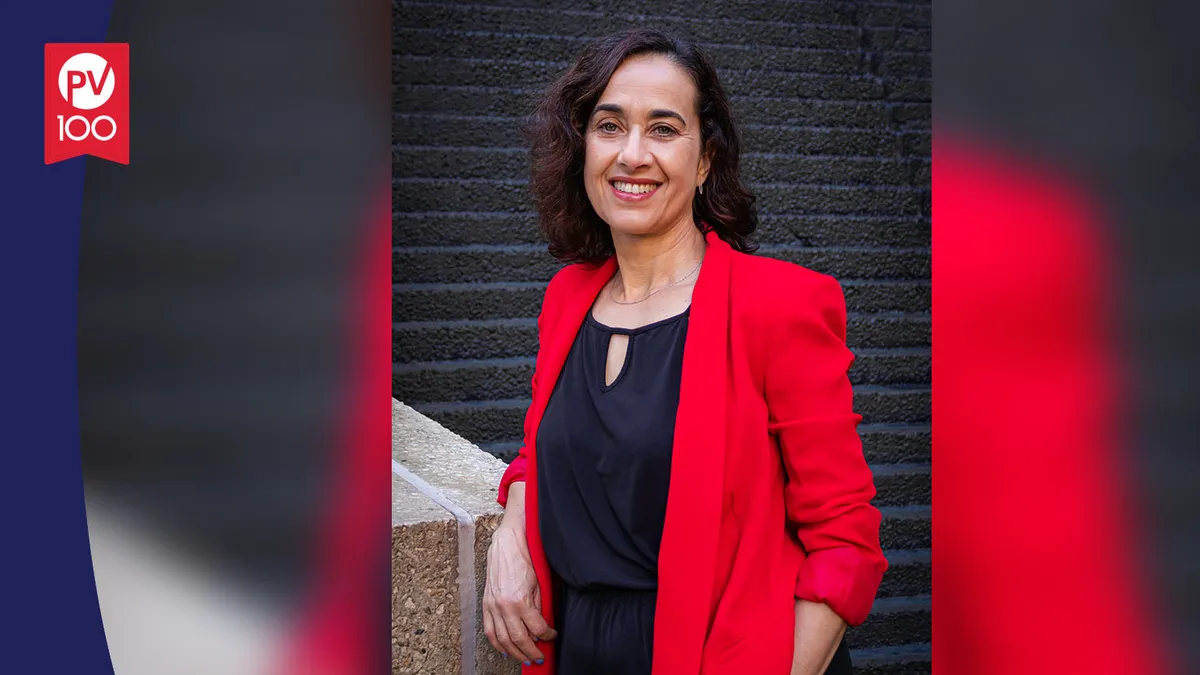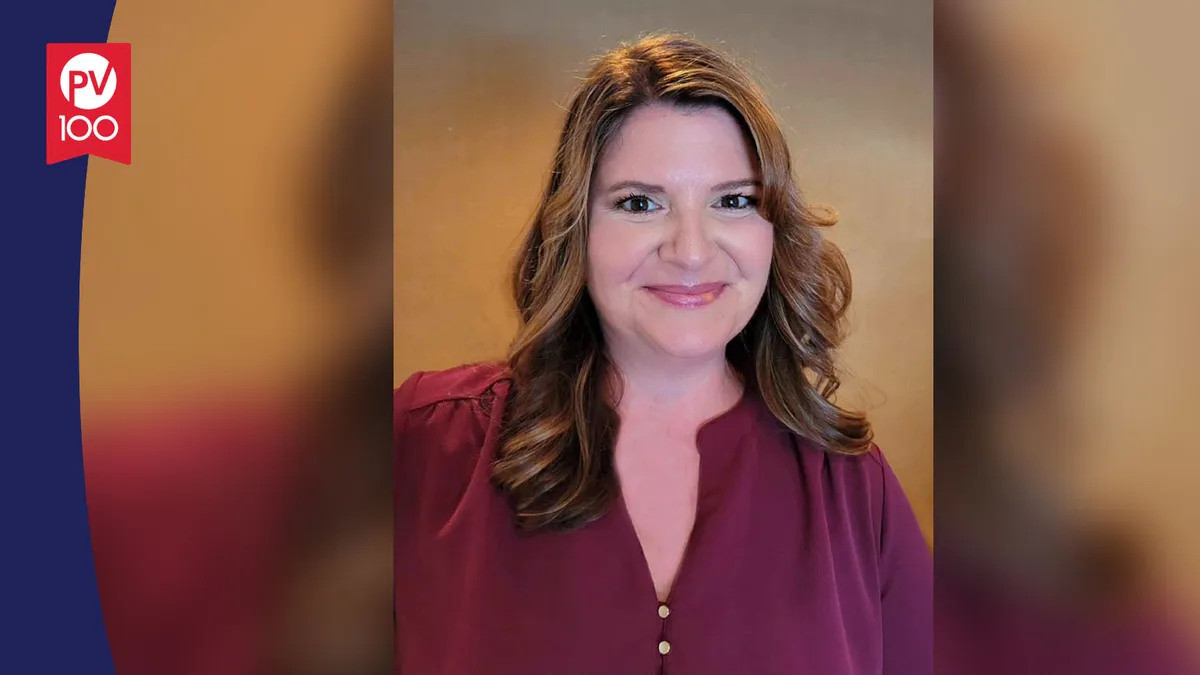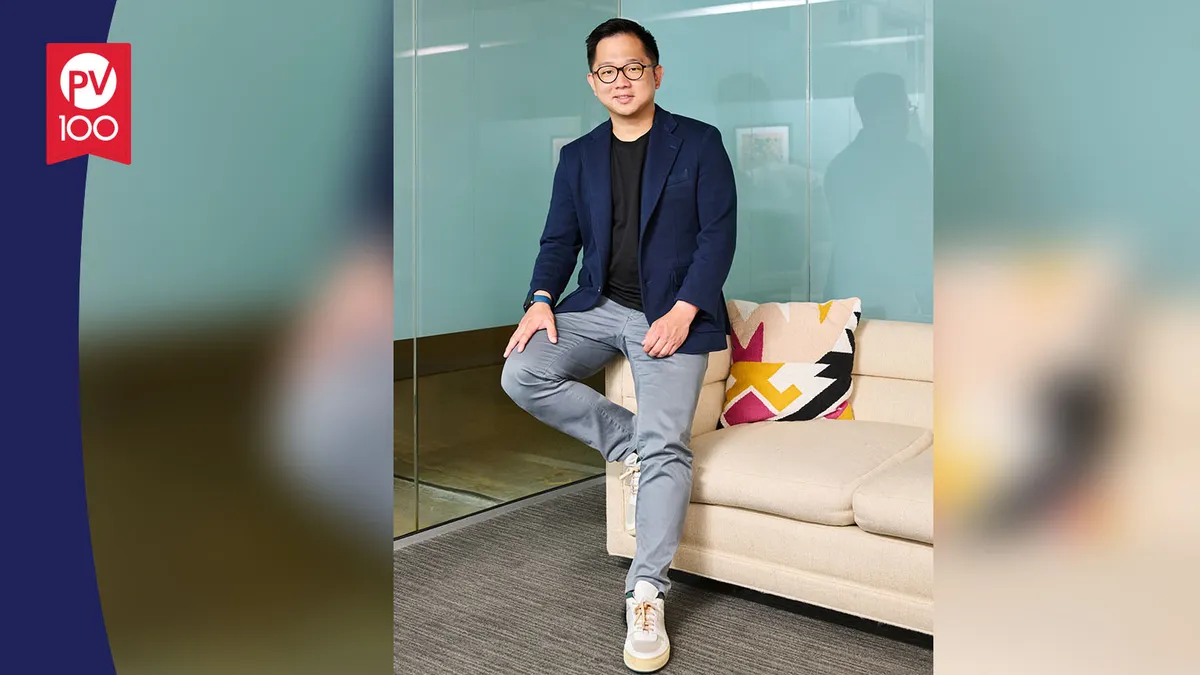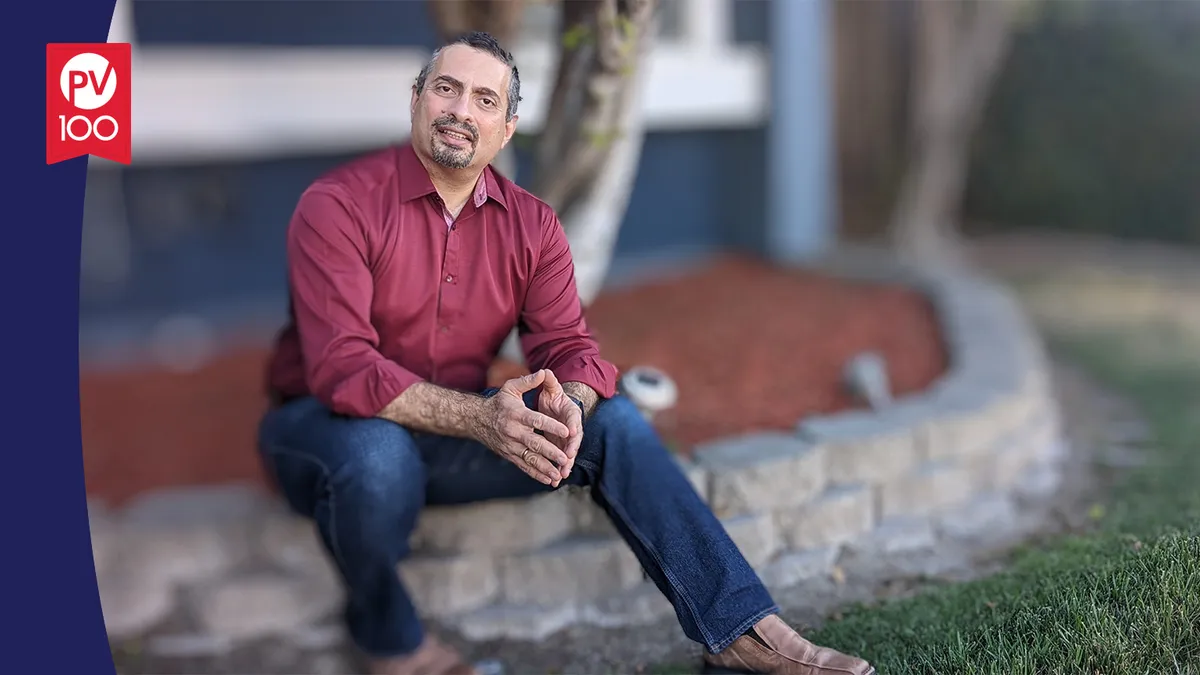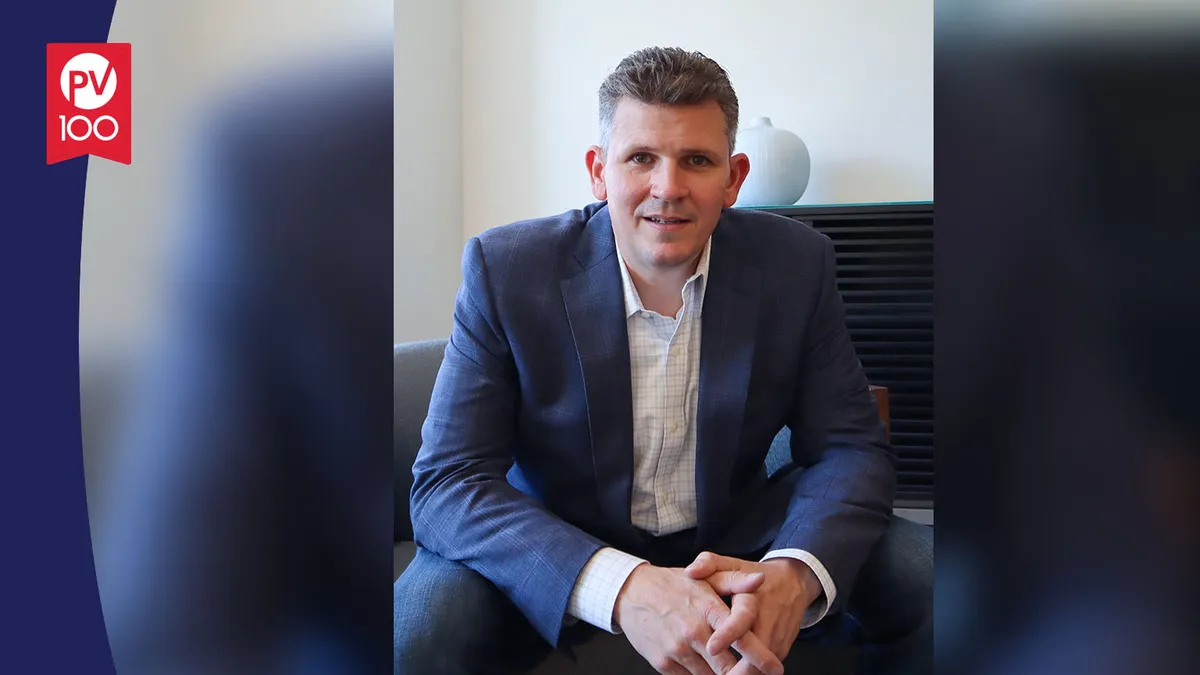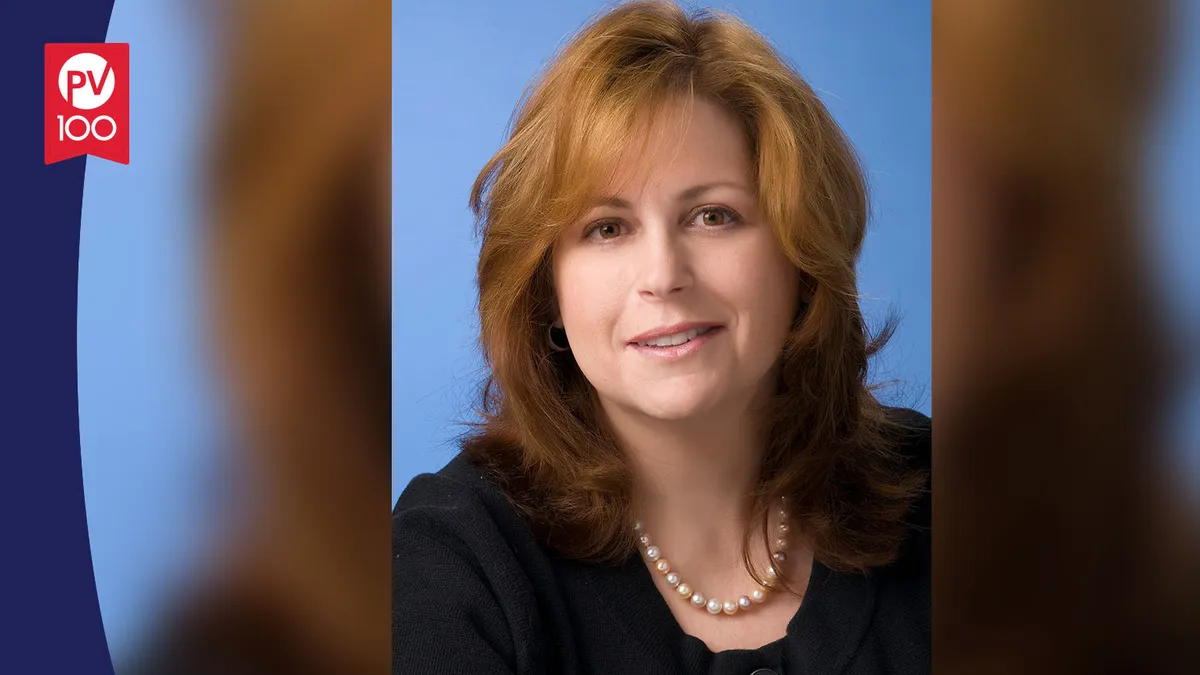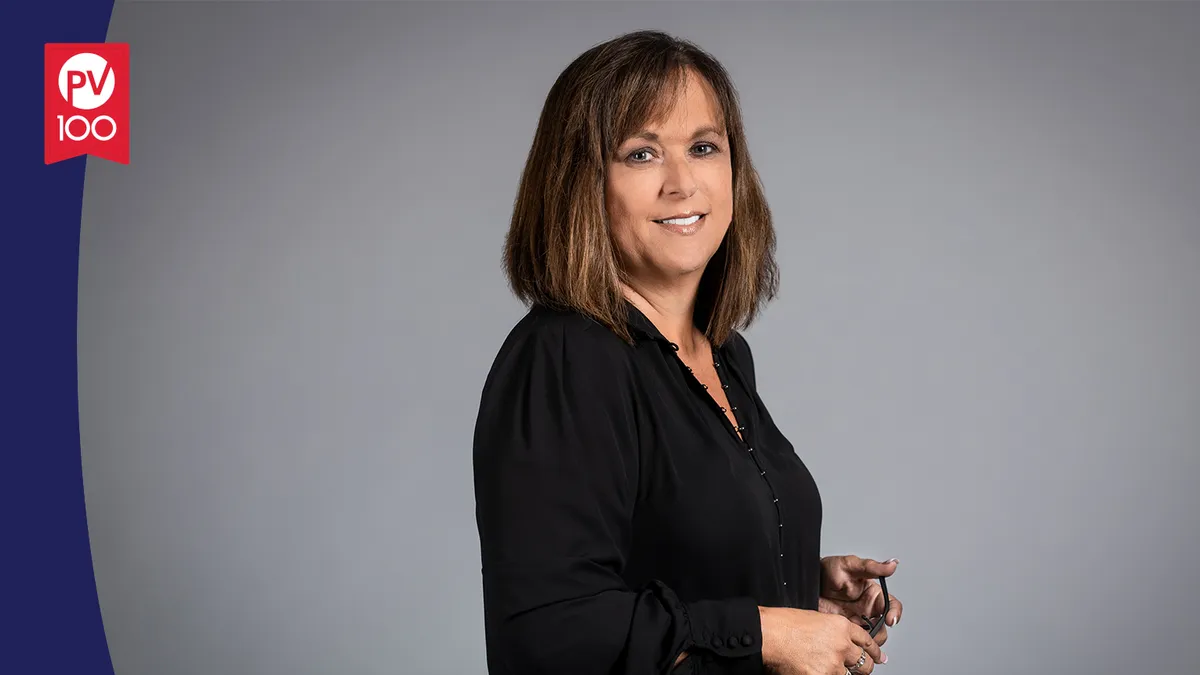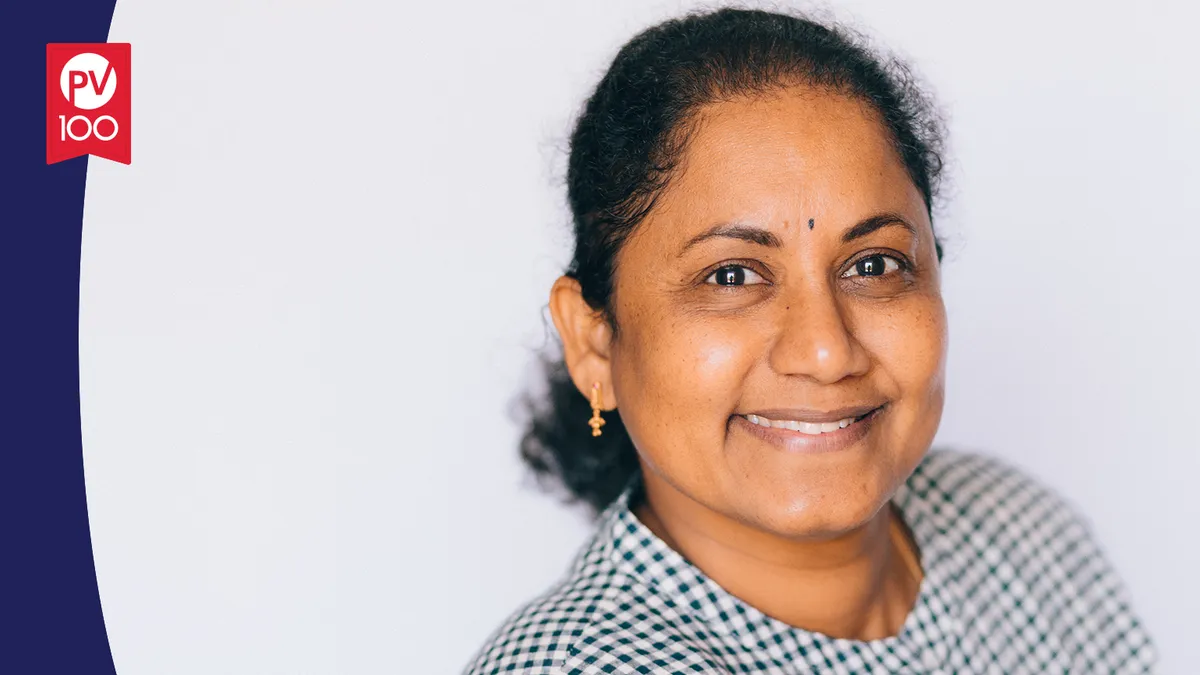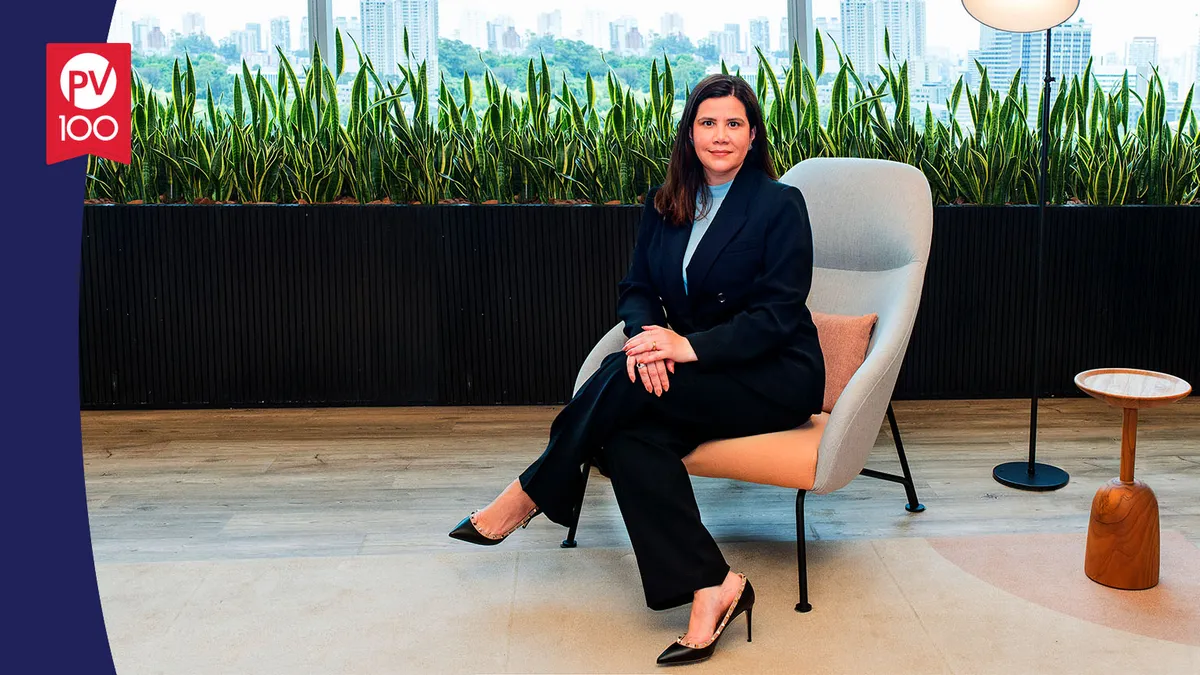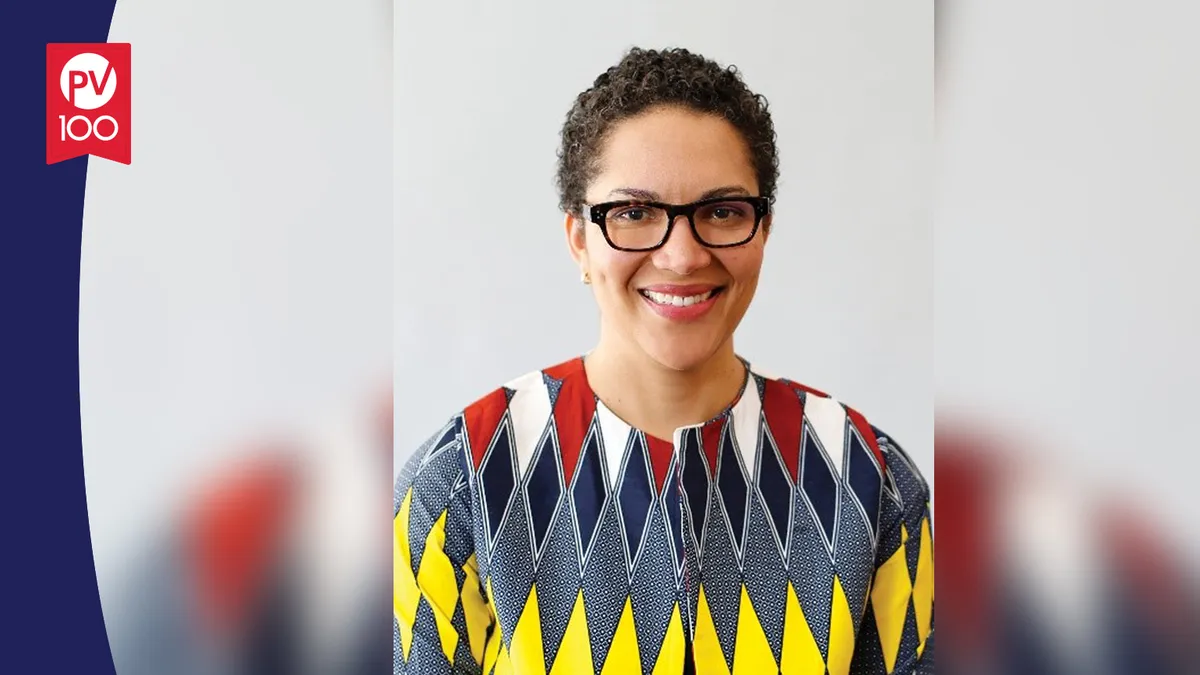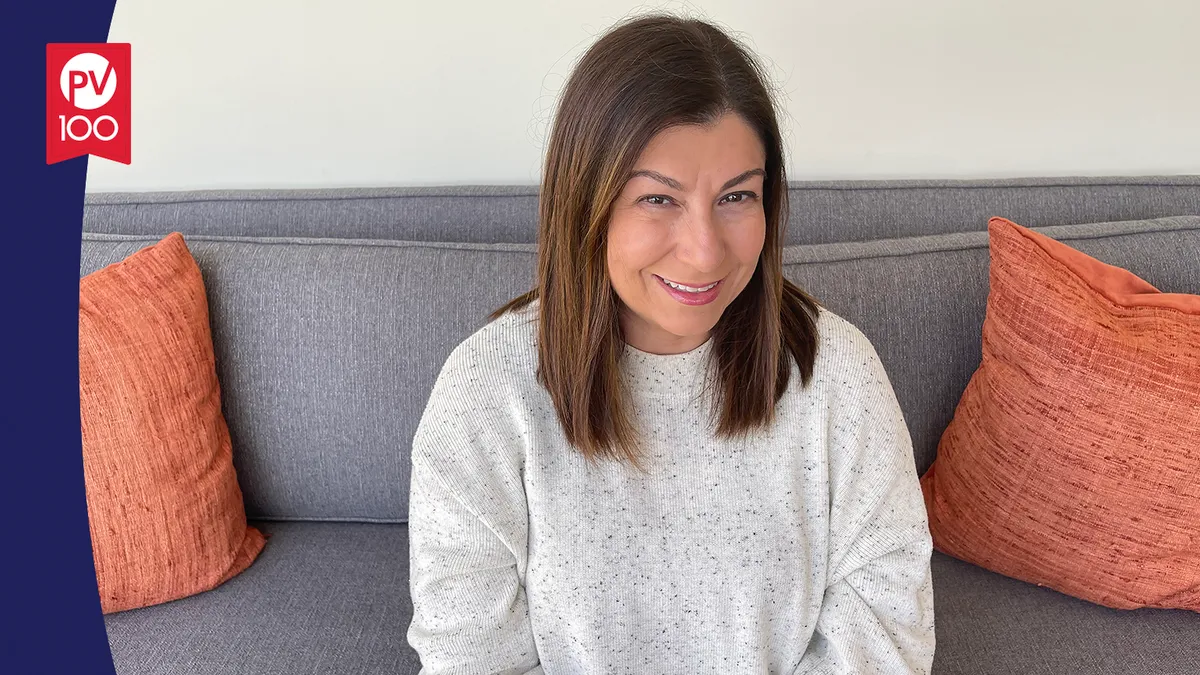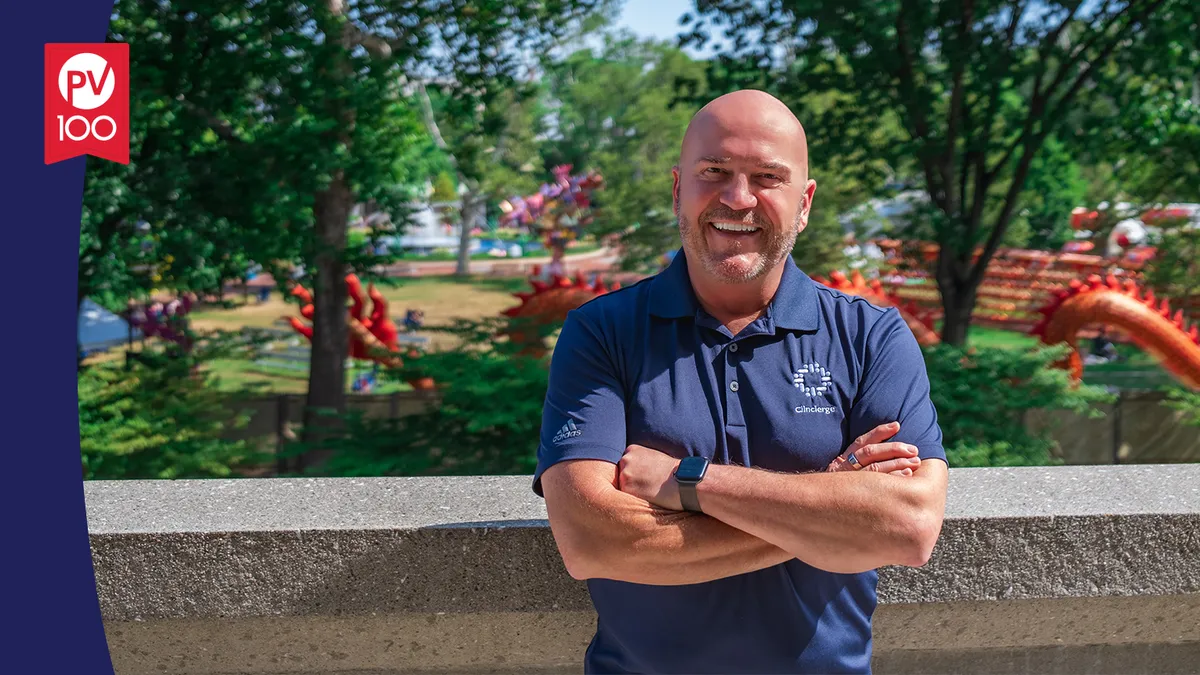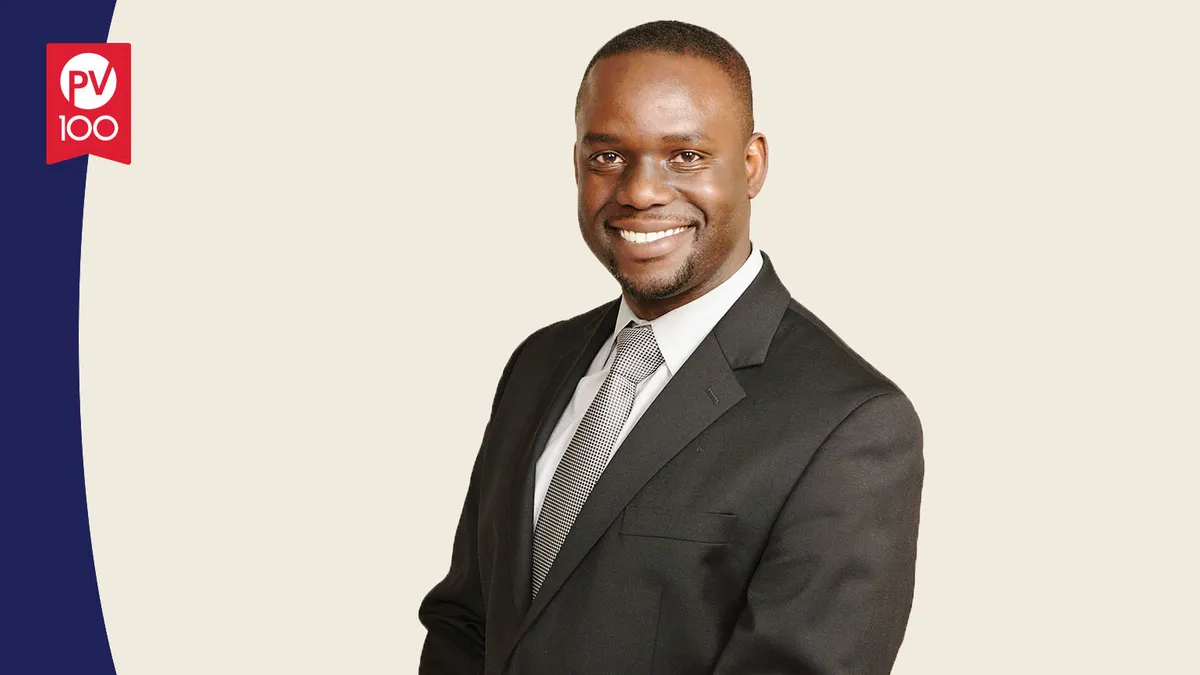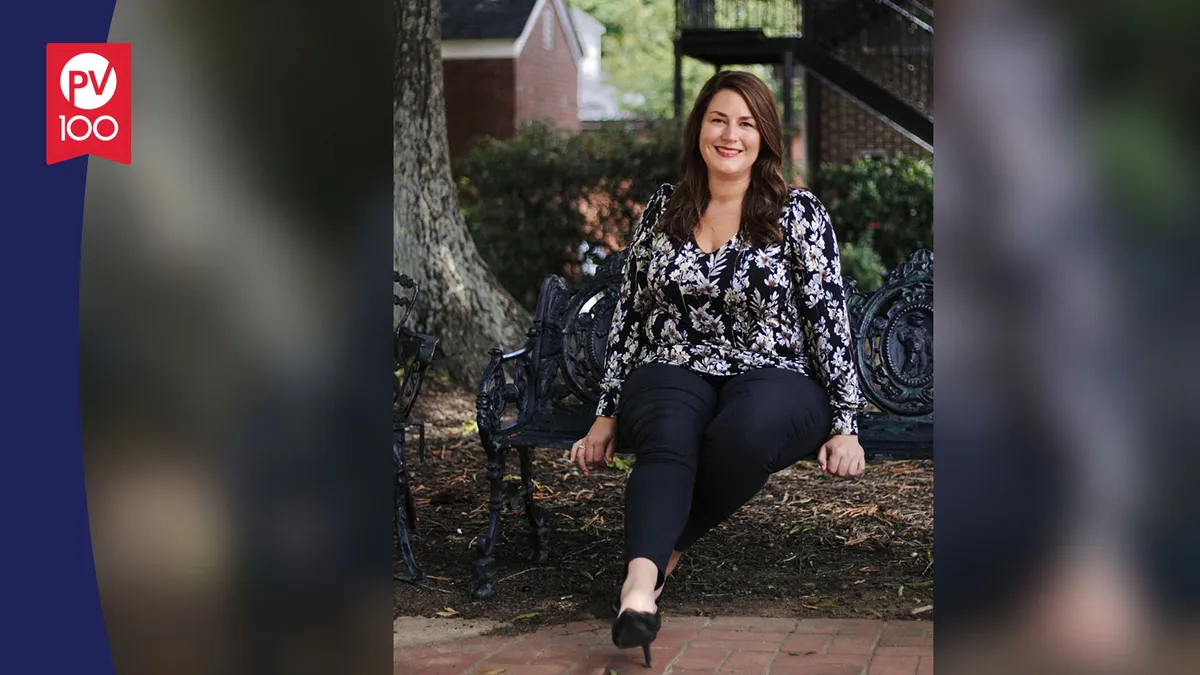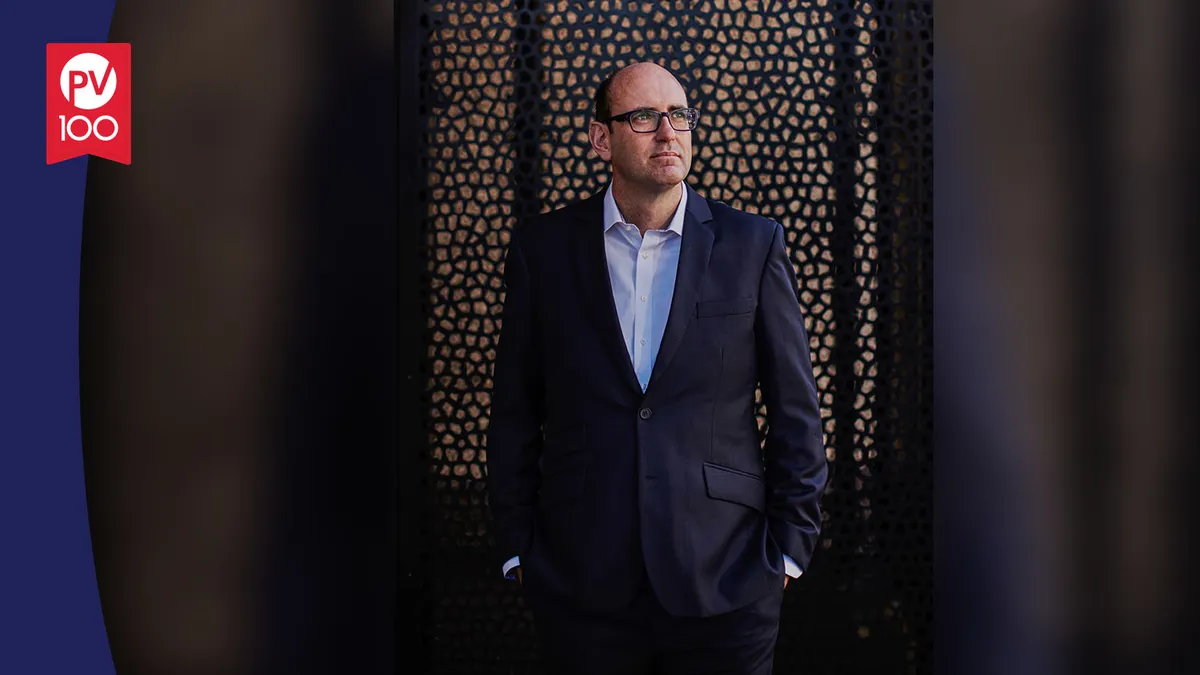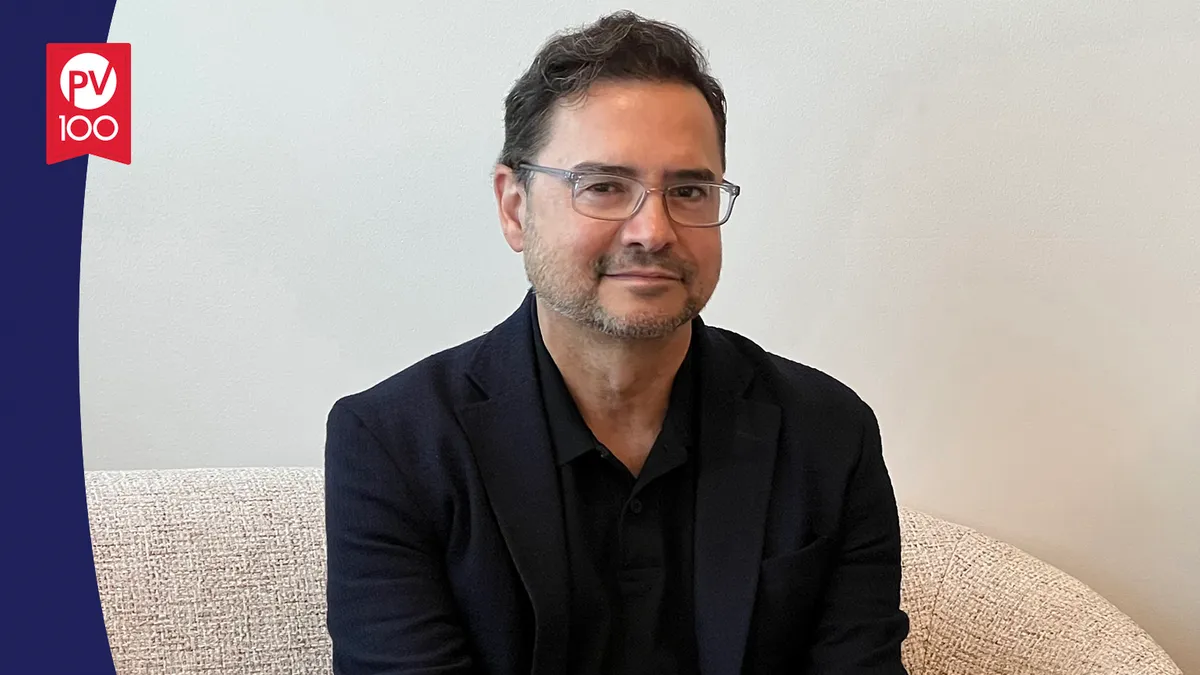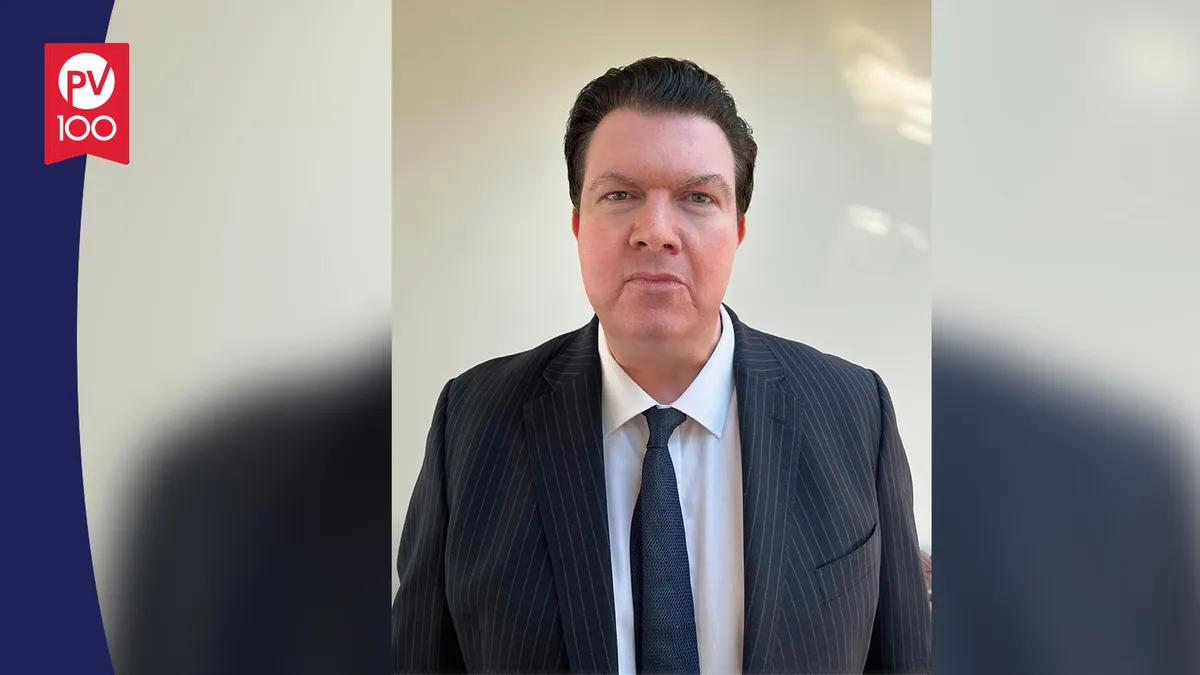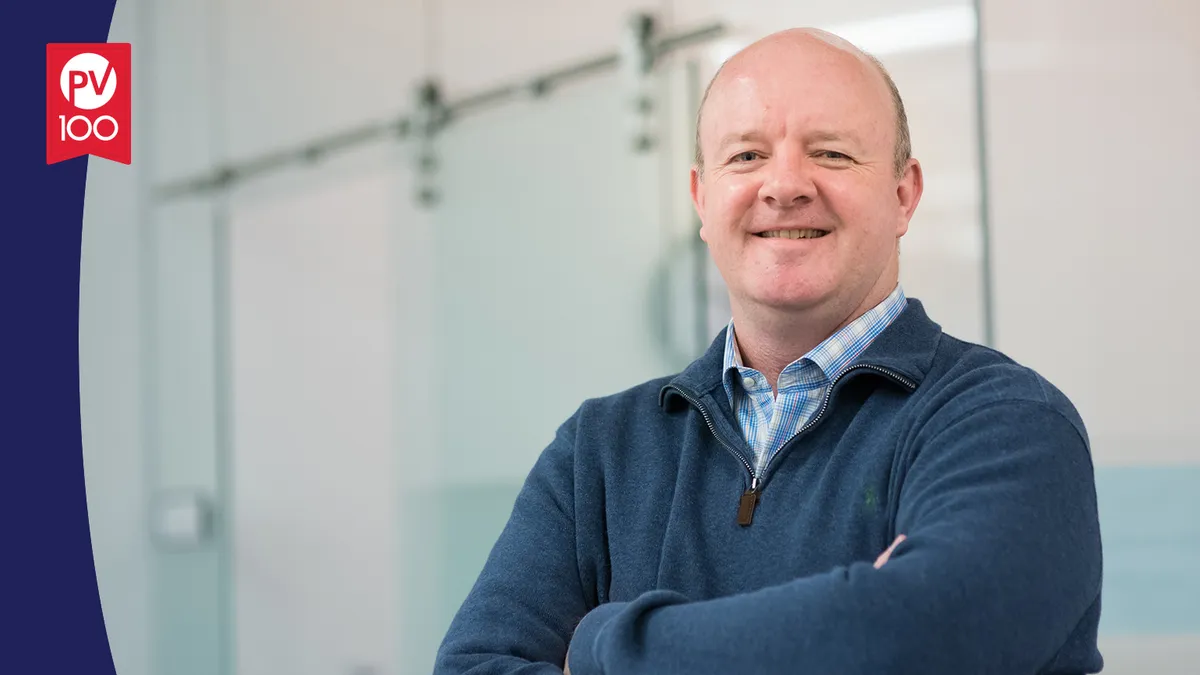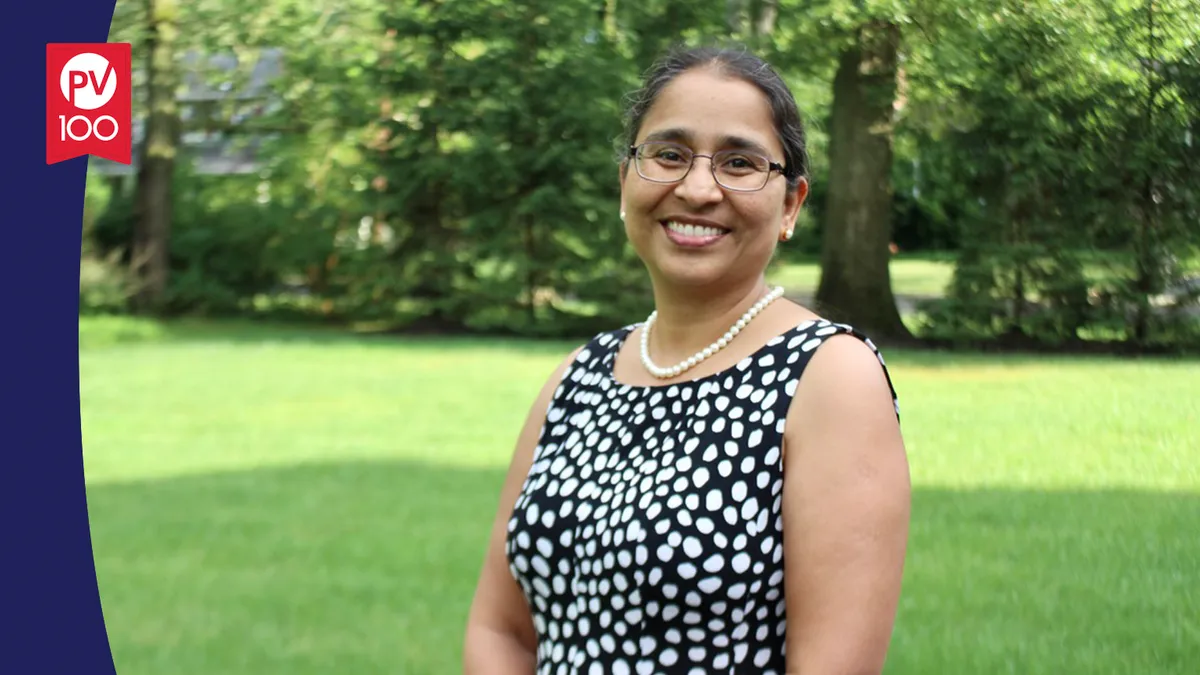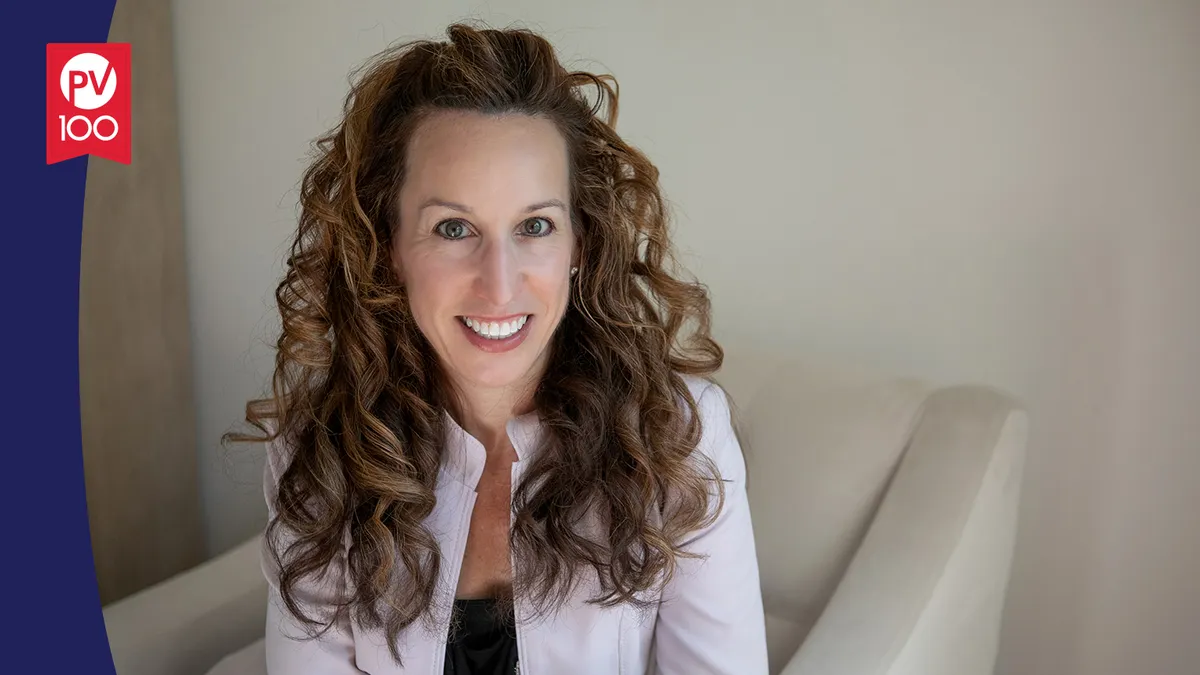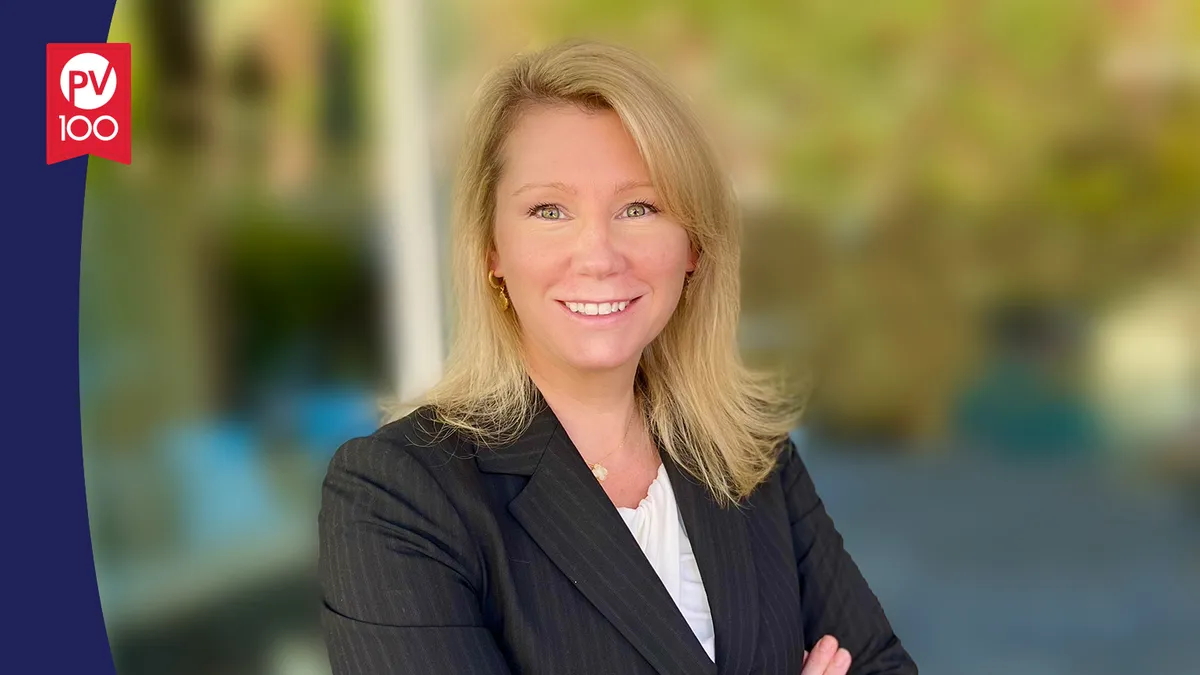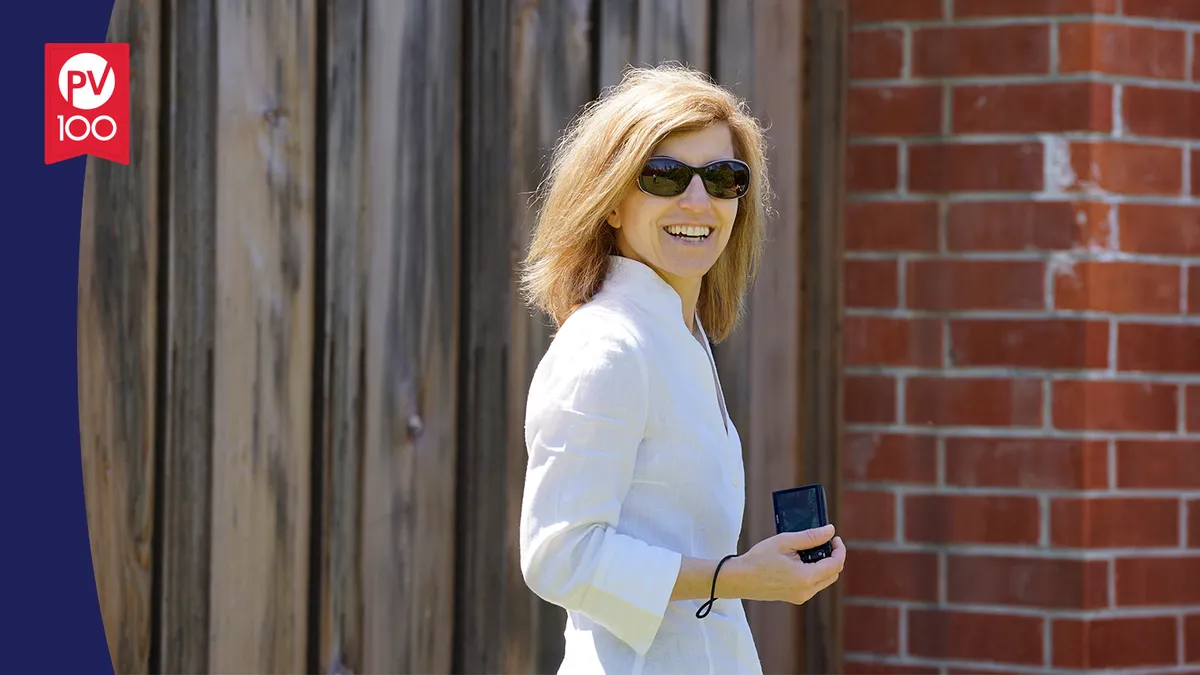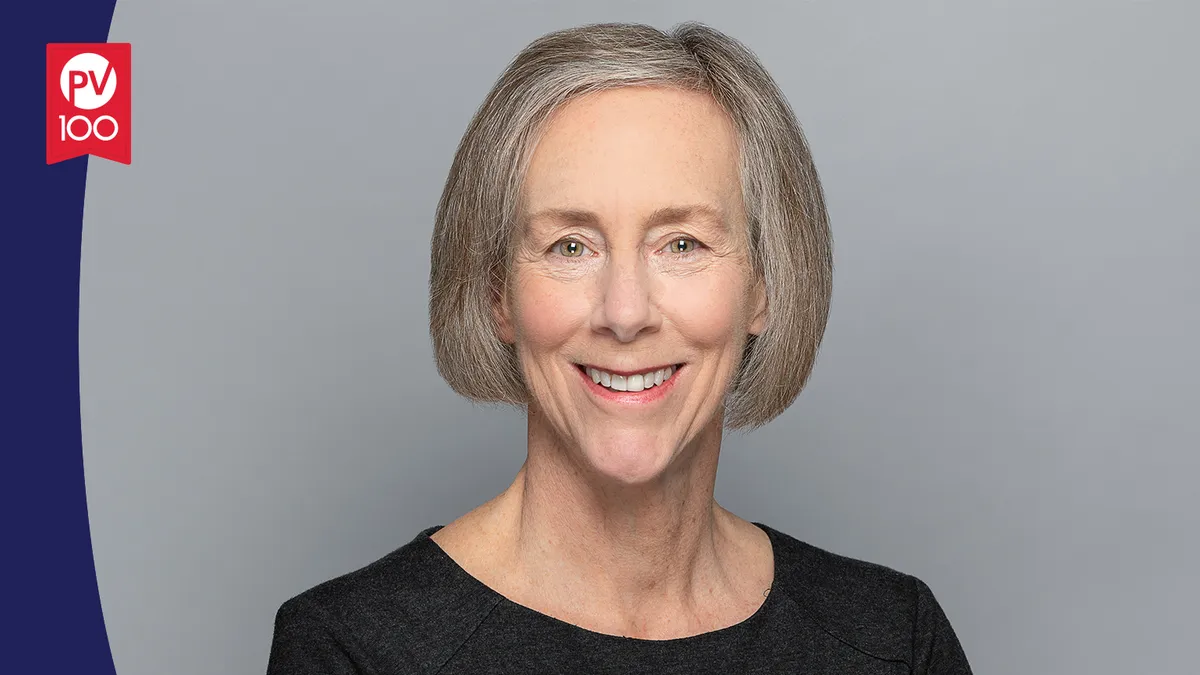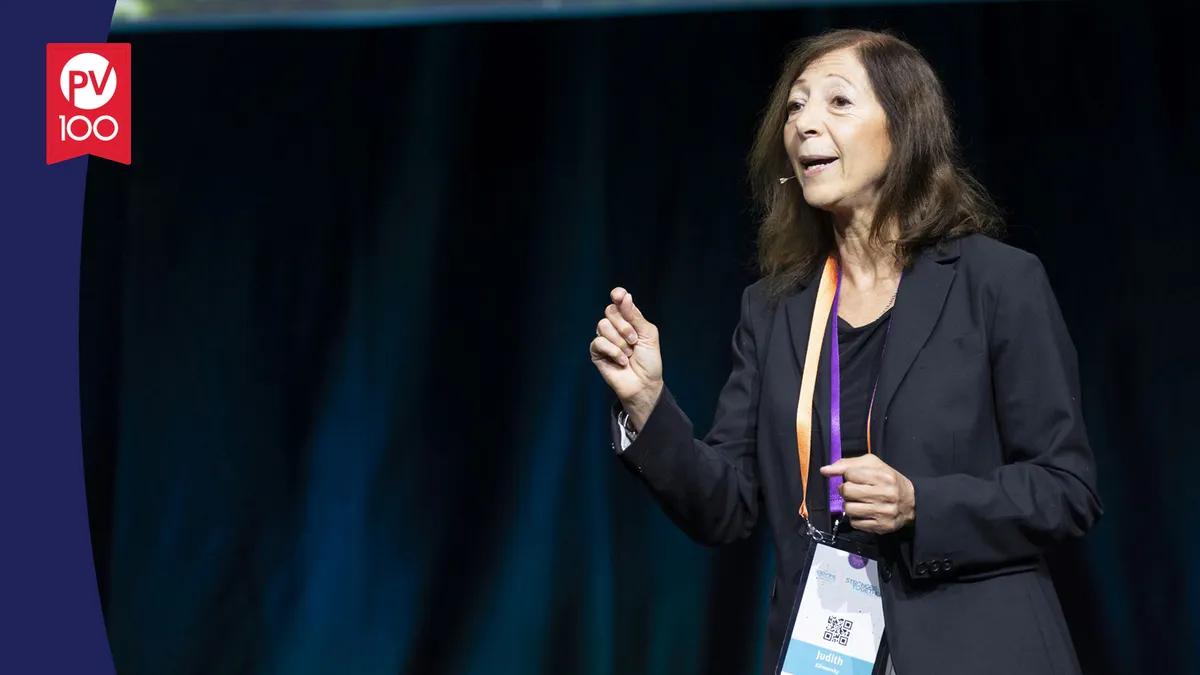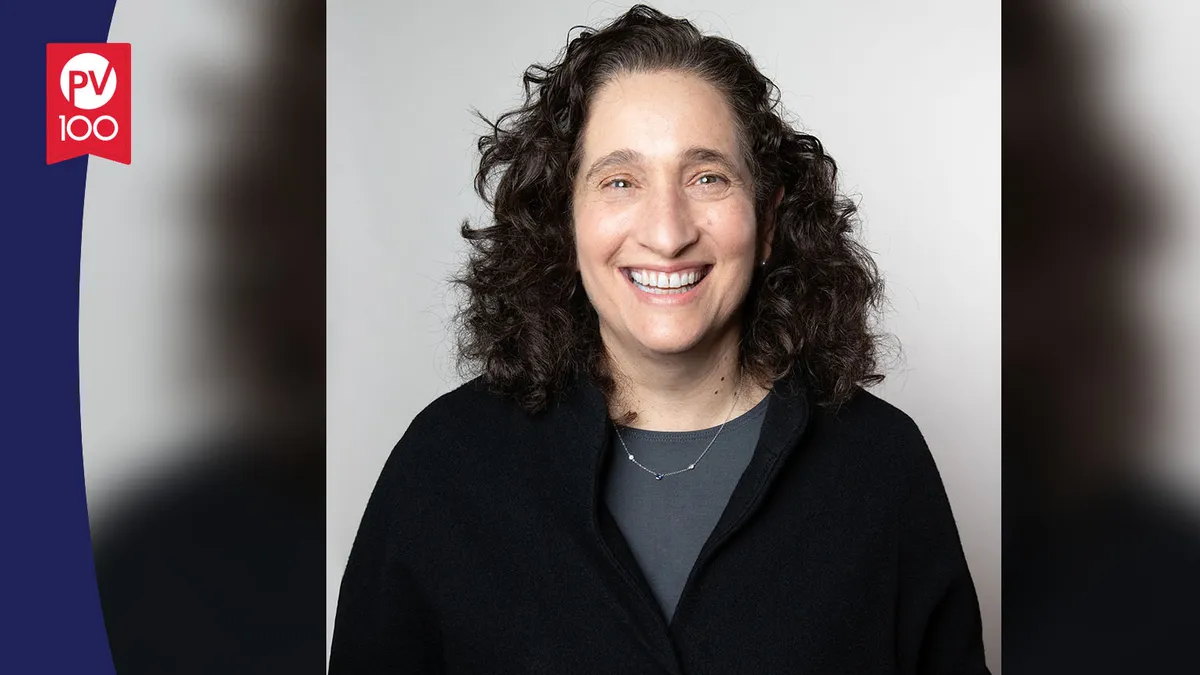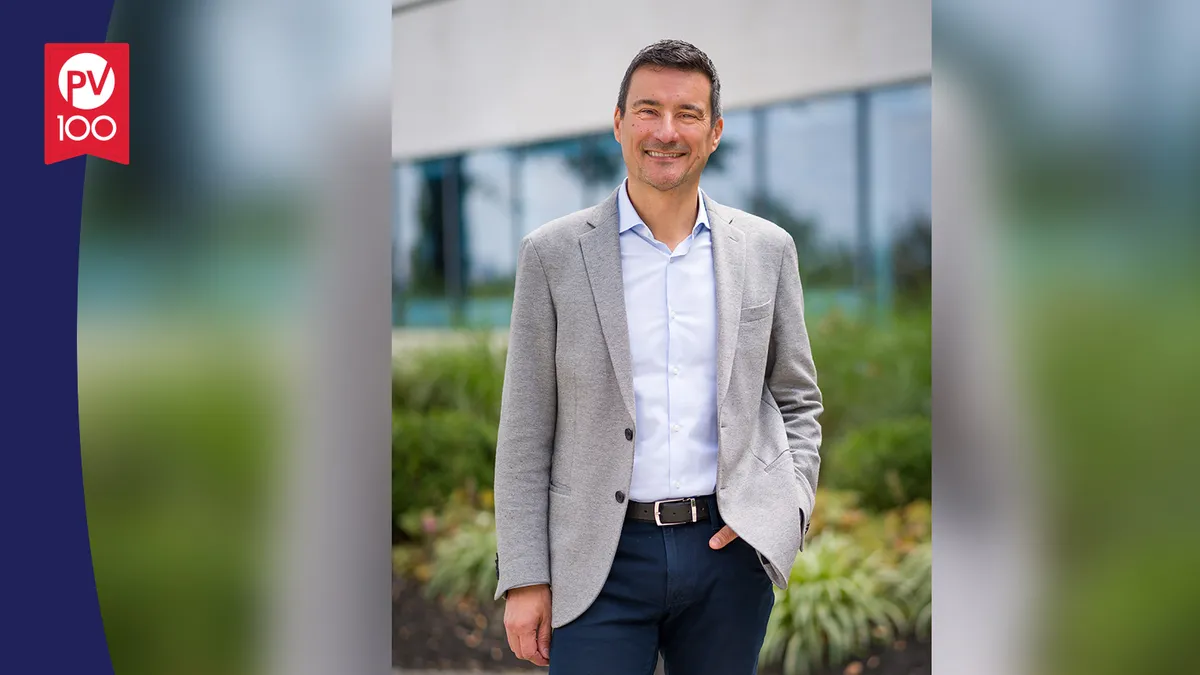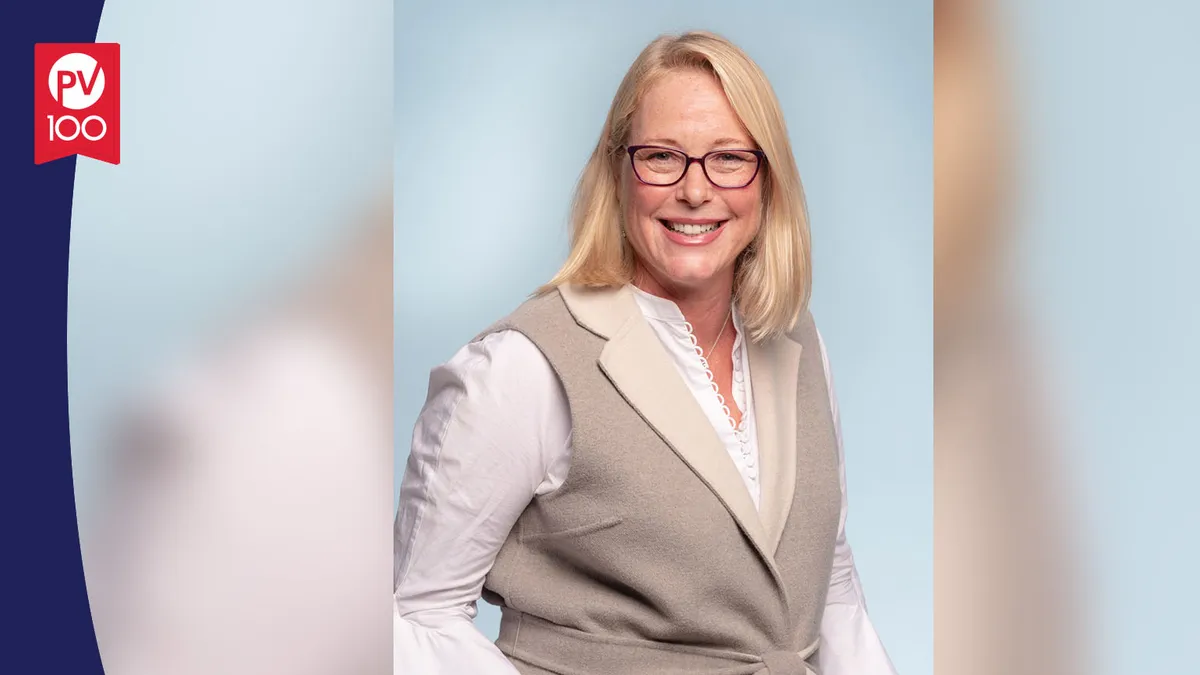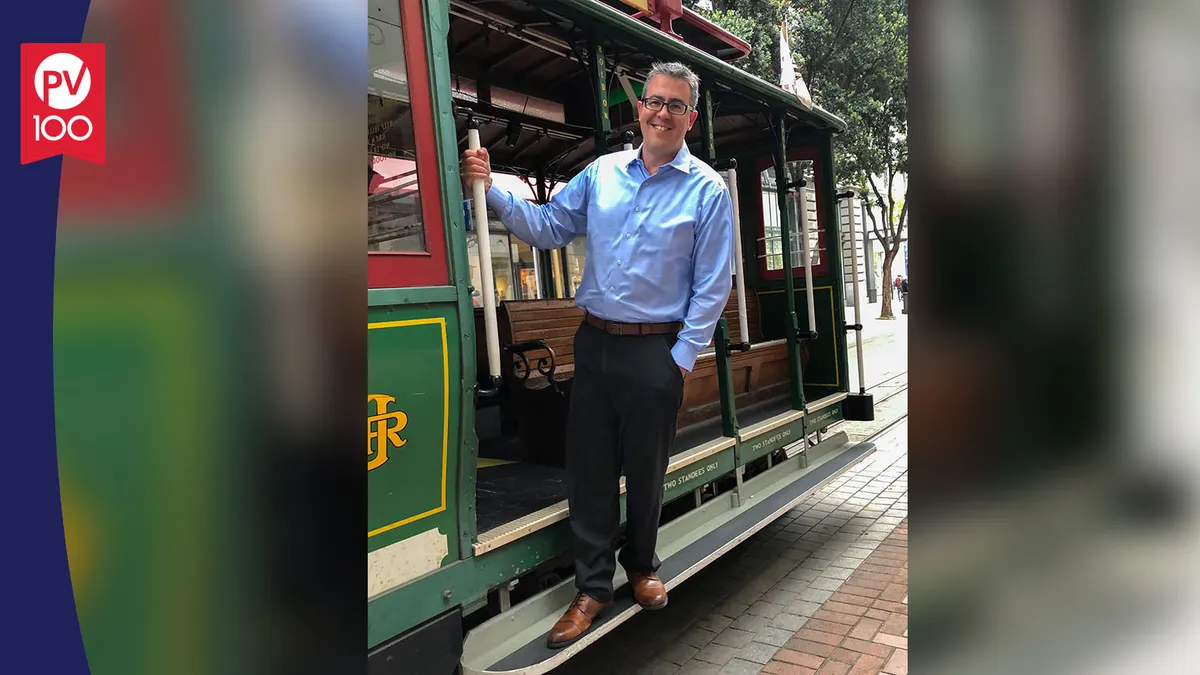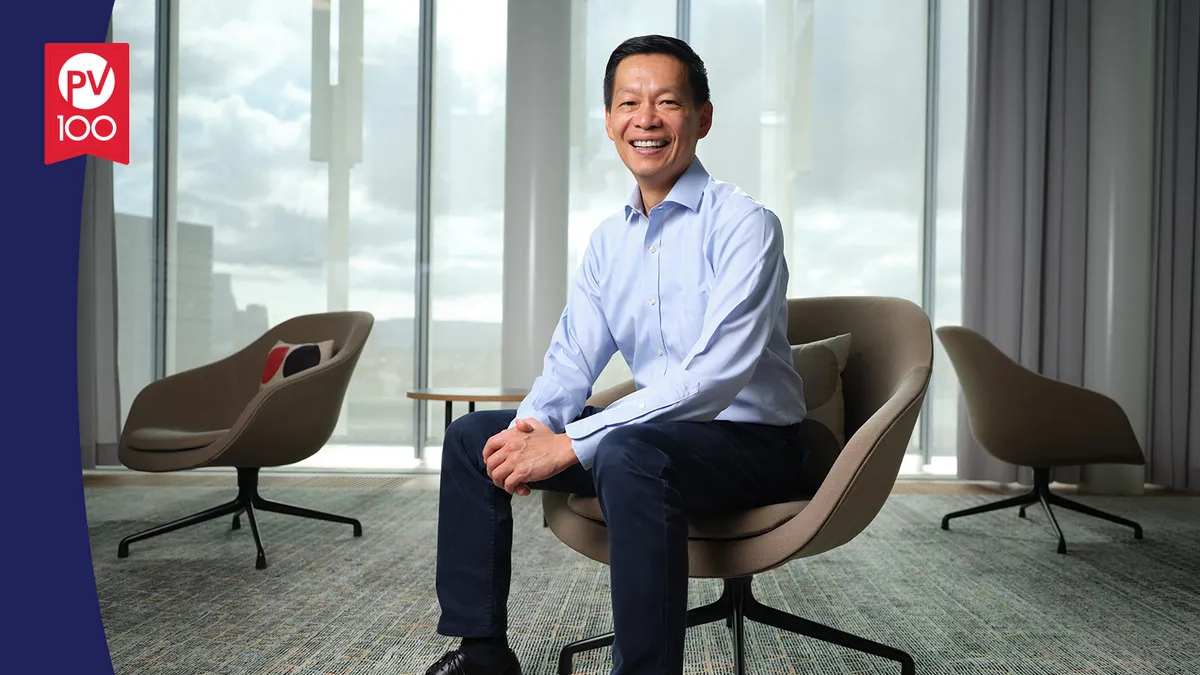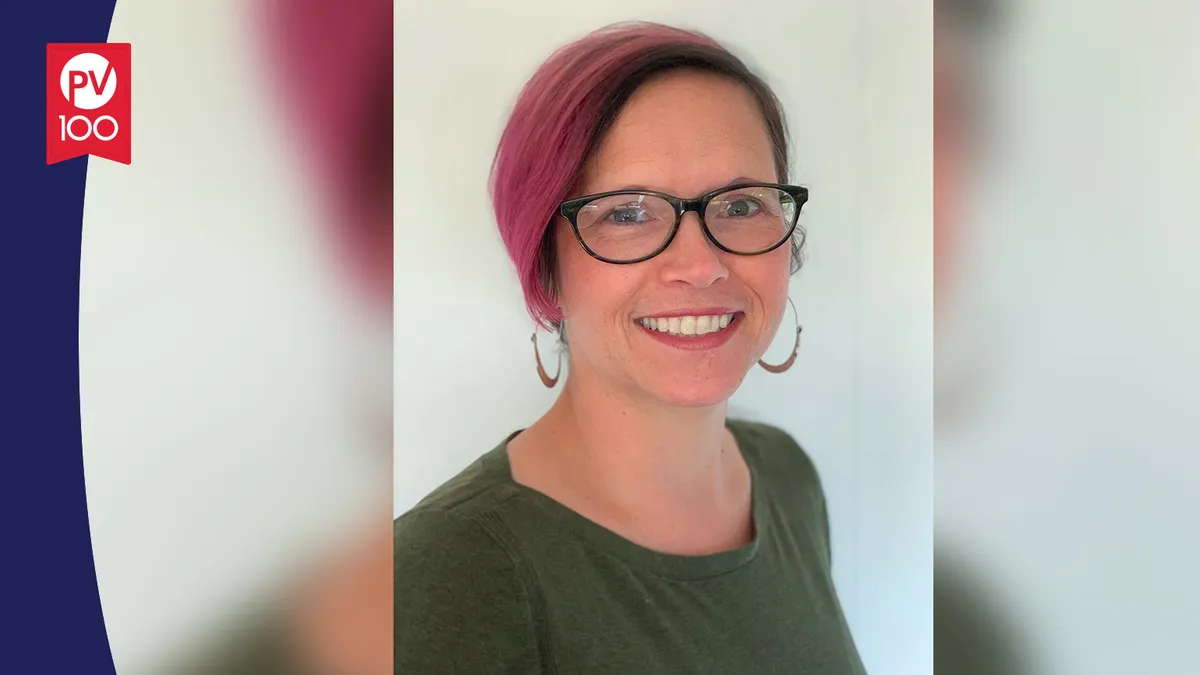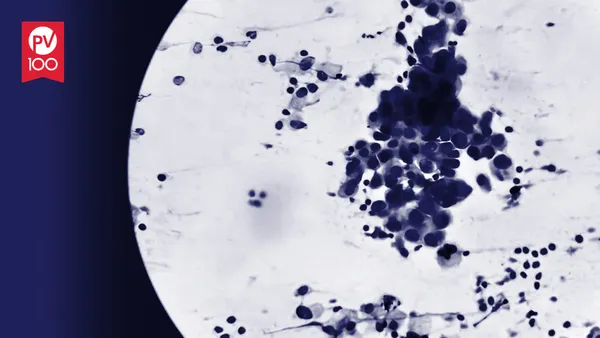Editor’s note: This story is part of our 2022 PharmaVoice 100 feature.
Three years ago, Dr. Mark Goldberg embarked on a bold vision to create a world-class CRO addressing the clinical trial challenges and needs of small to midsized biopharma companies. To achieve his goal, Goldberg is leaning into his more than 20 years of experience at Parexel, a global clinical research organization where he spent the past decade as president and chief operating officer.
“It all started with [Goldberg] recognizing the fact that 70% of intellectual property is held by small and midsized biopharmaceutical companies that often find themselves resource-challenged to design and manage clinical studies themselves,” one of his nominators says.
Under the CATO SMS umbrella, Goldberg identified three key strategic acquisitions — Array Biostatistics in 2020, Nuventra in 2021 and Pharm-Olam in 2022 — to create a suite of services, including clinical trial operations, biometrics, pharmacology and modeling/simulation as well as consulting.
One nominator who joined Goldberg in this journey says, “Through these acquisitions, [Goldberg] has purpose-built Allucent into a world-class player in the global CRO space with a specialized focus on small and midsize biopharmaceutical companies — all at a time when the value of innovative medicines and the need to get them successfully through the clinic has never been greater. To get Allucent to where it is today, [Goldberg] not only had to identify the right companies to acquire, but he also had to secure the needed investments and bring together newly combined teams and services. More importantly, he did all this with a great awareness of the need to lead people through change by articulating a vision they can see themselves contributing to and building a business they can see themselves thriving within.”
In August 2022, the CEO and chairman oversaw the rebranding and renaming of CATO SMS to Allucent to better reflect its purpose and mission.
“Allucent is derived from the Latin meaning to shine a light upon something or to create an opportunity,” Goldberg says. “This connects to our focus on shining a light on new, emerging science and meeting the needs of small and midsized biotech companies to help bring products to patients who need them.”
As impressive as Goldberg’s business bona fides are in delivering results, colleagues are equally inspired by his willingness to pay his success forward. For the past 20 years, Goldberg has participated in the Pan-Mass Challenge, a cycling tournament that raises money for the Dana-Farber Cancer Institute.
“This is a multiday challenge where [Goldberg] averages about 192 miles and has personally raised more than $400,000 in donations over the past 20 years,” a colleague notes.
“Decision-making should be data driven and inclusive, but not ponderous. It is better to move fast and make a few mistakes than to seek perfection.”
Dr. Mark Goldberg
CEO, chairman, Allucent
Goldberg also supports a company-led fellowship program, often partnering with academic centers, that provides fellows with “a six-to-12-month hands-on experience to learn about the CRO industry — including areas such as product development, preclinical safety, regulatory, medical writing, biostatistics, statistical programming and clinical pharmacology.” The result is a win-win for all — many of the fellows apply for permanent positions and “are well-trained and positioned to become the next generation of healthcare leaders.”
Here, Goldberg talks about building a company during the pandemic, his leadership philosophy and the trends he’s following.
PharmaVoice: What are some of your key takeaways from launching and building a company during the pandemic?
Dr. Mark Goldberg: Having grown Allucent through a series of strategic acquisitions over the past three years, we have learned how to better integrate companies and how to do that in a largely virtual setting. As with most companies, the pandemic has also taught us how to manage a decentralized organization. While it is clear that much can be accomplished remotely, there is also a great deal that is lost. Teamwork, culture-building and problem-solving are more optimally achieved in person. Most innovative thinking is spontaneous rather than structured into a scheduled 30-minute Zoom call. Therefore, in the future, we will need to find the optimal balance between what employees like about being decentralized with enough personal interaction to build loyal and effective teams.
What drew you to the life sciences industry?
I was always interested in the intersection between technology and healthcare. While there was no biomedical engineering major at MIT when I was a student, I essentially created one by studying computer science and engineering along with pre-med courses. I was attracted to radiology at a time when the practice was converting from film to digital imaging and did research in this area. I was involved in starting a telehealth spin-off from Mass General in 1991. We expanded the service offering to include medical image collection, digitization, transmission and analysis for clinical trials with an early indication in osteoporosis. Later, I started a medical imaging business for clinical trials at Parexel, where I went on to serve as an executive with increasing responsibilities for 21 years, including the past 10 years as president and chief operating officer.
What is your blue ocean?
I continue to believe in the impact that technology can have on the efficiency and quality of clinical research. In my opinion, despite decades of effort, this is still a largely untapped opportunity. As one specific example, I am excited about the potential of modeling and simulation to improve drug development.
How would you describe your leadership style?
I characterize my leadership style as open and transparent, direct, participative, entrepreneurial and strategic. Decision-making should be data-driven and inclusive, but not ponderous. It is better to move fast and make a few mistakes than to seek perfection.
Also, never underestimate the importance of a high-performance culture in an organization. Define it, cultivate it and reward it.
What is the biggest trend you are following?
Patient centricity is a very important trend. The greatest challenge in clinical trial conduct remains recruiting and retaining patients. Finding ways to decrease the burden on patients and lower the barrier to participation is essential. Furthermore, patient-centric approaches should focus on ensuring that trials recruit populations that are sufficiently diverse to be generalizable. This includes ensuring that the race and ethnicity of clinical trial populations are aligned with the epidemiology of the disease being studied, as now required by the FDA. I am a strong believer in the role that decentralized trial designs can play in achieving this goal.


